It’s funny, because the time it took me to pick up the story of the third, and final, day in Bhutan was almost as much as it took me to rest from the crazy climb to the Tiger’s Nest. But one perseveres, and one eventually succeeds, or something of the sort… so here comes the story of the final day of the trip.
Before we drove to Thimphu, though, we stopped by a temple on the way out of Paro. The decoration of the walls of this temple caught my eye.
Really impressive decorations.
A rose was blooming, felt it was an appropriate juxtaposition.
A monk was passing by rotating the prayer wheels.
I have a doorway fetish. Deal with it.
Along the road, we came across the typical SUV that you see in Bhutan – the Mahindra Bolero. I love this thing. It looks straight out of the 1970s, which it probably is, and it just looks like it will go anywhere you send it (it won’t, it’ll break down way before, and probably kill you, too). But they’re cheap as hell, which is probably their main draw (they’re also made of something akin to cardboard held together by spit, so I’m not too convinced they’d survive much of an accident, either).
We passed by the airport once again. I can’t get enough of this place.
… and some monastery built into a rock, as seems to be the custom over here.
I simply cannot say enough about beautiful Paro valley is. Like seriously.
Eventually we came up to the Tachog Lhakhang Bridge – an old hand-built bridge which used to be accessible to tourists, but because suddenly the tourism industry exploded in Bhutan and it was now at least 10 people per month coming, rather than previous 10 people per year, it has been closed to visitors. It’s still a cool bridge, though.
I mean seriously, even the cows are mega chill.
Some more amazing pictures of the valley.
As you drive along the road, people randomly sell things on the side of the road. Nobody’s really actively involved in selling anything – as you’ll see further down in my notes on Thimphu, people are just not actively peddling things. It’s mind-blowingly refreshing.
Some local people going places.
More amazing valley pictures.
Eventually we got to Thimphu. This is where I explain the meaning of the title of this post. You see, one of the most amazing things about landing in Bhutan is that you land in this relaxed, quiet village-like city. It’s highly incongruent with most typical travel patterns: if you arrive internationally, in most countries, you land in a “major” city, or at least a Tier-2 city, which typically has buildings, shops, skyscrapers, whatever – basically, a city worth having an airport in. This is absolutely not the impression you get when you land in Paro. As you see in the pictures above, it’s really not a large city – population is 20,000, which is about how many people fit into an average train in Tokyo during rush hour. Or, if you want, for scale perspective, there are approximately 2,500 people that cross the Shibuya crossing on one green light. The pedestrian light at Shibuya is green for about 45 seconds, and there are about two minutes between each light cycle. This means that (let’s round up) every three minutes, another 2,500 people cross; so if you watch the Shibuya crossing for half an hour, which is about the time it’ll take you to get a coffee at Starbucks nearby because of the 2,500 people standing in line to get one, you will have seen the ENTIRE POPULATION OF PARO cross that stupid intersection.
All this to basically point out that when you land in Paro, it doesn’t feel like you’ve landed in a city. You’ve landed in … a field somewhere. So the experience is absolutely mind-boggling, and as a city dweller, you literally need a bit of time to decompress and truly take in just how few people there are.
When you drive to Thimphu, the experience is much different. It’s much more similar to a “regular” city. The population is 100K, which isn’t large, but it’s enough to make it feel like a “major” population centre (and you’ve already had the Paro experience, so you feel like you’re in downtown Tokyo by comparison). There are multi-story buildings – many of which under construction – and there’s even a certain degree of traffic. There’s even one intersection that has a policeman performing a para-para dance regulating traffic.
There is one brand new shopping mall, as well: all glass and concrete, it really doesn’t match the surrounding Bhutanese décor. Apparently, it was built by a local heavy.
There are even chain hotels! I did say it’s like a “real” city, didn’t I?..
The first thing we decided to do was to visit the dzong. The dzong, as a reminder, is the central fortress around which most Bhutanese towns are built; but unlike many of the ornamental fortresses in most cities, the dzongs in Bhutan actually house the running government. So the public is welcome to visit, but one has to be aware that it’s the functional government, so people’s offices and so on are around you, so some level of decency is required (not that it’s optional elsewhere).
Because Thimphu is the capital, a huge Bhutanese flag is hoisted just outside the dzong with an honour guard. With apologies to the flag, I couldn’t get both the honour guard and the flag into the picture, so I focussed on the guard.
The dzong is surrounded by massive green fields.
The wall of the dzong is very non-conducive to invading armies.
The inner court has various offices and a temple, as well. Note that between the entrance to the dzong in the previous picture, and the group of tourists in this picture, that’s about the extent of tourist groups.
There are some areas of the dzong you’re not really supposed to go to, and the next one was one of them – this is the King’s working office. The police weren’t too happy about it, but since everyone is required to be happy, they weren’t too unhappy either – they just asked me to stay a bit further away.
I saw many wondrous things in Bhutan, and this was one of them. I saw an actual, normal child, with an actual, normal slingshot. Can you imagine seeing one of these in Western countries these days? Kid would probably end up in Gitmo faster than you could say “Gitmo”.
There is obviously guard police, but this one here was quite focussed on text messaging people, until this monk showed up to make the guy’s day a little bit less boring.
Although there is a great deal of old art in Bhutan, much of it is being renewed constantly to keep it fresh and new. It’s actually an interesting way of handling old frescoes and so on – and as long as it’s not done in grandma DIY style, it’s actually fairly beautiful in its own, modern kind of way.
Going for a walk around Thimphu, you can see there is an influx of people from all over, and as such, a whole microcosm of bazaars, sellers, buyers and so on is created.
And here is the one intersection in all of Thimphu where the police officer is always performing a para-para dance regulating traffic. I’m really not convinced his employment is justified as there’s really not that much traffic, but hey… we all need to be good at something.
Enh, maybe there’s a sort of little bit of traffic.
There’s a great many hand-made artifacts. It is fortunate that not everything in Bhutan is from China … yet.
Next stop was the hotel to drop off my bags. I stayed at the Thimphu Tower, which was pretty much like the other hotels in the area, although it was nice to have a town square view; I wasn’t planning on spending much time there, though, so neither the view nor the location made any real difference to me.
The room was somewhat barren, but completely functional, and relatively new – felt like it was renovated recently.
The renovation was done by engineers, I thought, because the wall had a perplexing number of switches – none of them marked except “HOT WATER” – most of them controlled some electric aspect of the room. It was a total mystery to me, because the room wasn’t that big, and I dind’t even realise they sold switches in such huge banks – it would’ve maybe made sense for a suite. But yeah. That’s what happens when an engineer does a renovation. “But we can get moar!!!!! Why get less?!?”
That night, I asked my guide to stop guiding me around and instead take me somewhere he’d go. I didn’t want a touristy restaurant, I didn’t want to sightsee – I wanted to hang out like a local for an evening. So first he took me to a restaurant that apparently was run by a friend’s sister (who, as we walked in, proceeded to punch my guide, apparently for debts owed – so I was now convinced I was in a “local” joint). The entrance was down a suspicious hallway up a suspicious flight of stairs complete with a strange man buying unknown things, so it was completely legit as far as I was concerned.
Some kids were running around, and there was general mayhem. The food was quite spicy, but really good, and tasted authentic, insofar as I know anything authentic Bhutanese.
Then things just generally somehow went somewhat down the drain, at least as far as a “cultivated, educational program” concept goes. First we went to a bar where a group started by doing reasonably decent covers of various bands (AC/DC after a lot of drinks in a dark club in a foreign country is surprisingly mesmerising…)…
A few local beers into the party…
… the audience started swirling their hairdos around…
… and it began to feel like the right time to leave, but it was barely 1am, so it seemed like a bad way to end the evening; so we went to a karaoke bar where a party seemed to be in full swing.
Just when I didn’t think things could get any more weird, I was up on stage singing “And Nothing Else Matters” with someone singing along with me. At 2am they shut down the karaoke, so it became a dance club, but before we had any time to begin enjoying things, they shut everything down at 3am. It still seemed like rather early to call it a night, so between myself, my guide and his friend who was well into his own couple of drinks, we ended up at the town square, where I spent a good hour or so arguing with him that the American way of life is not the panacea to the world’s troubles; his argument was that there’s nothing going on in Bhutan, people are poor and things are generally boring (and he can’t find a girlfriend), and it seemed so much better in America – and my response to that was that America has its own share of troubles, and to wholesale adopt its philosophy on the world is counterproductive to a country’s own development, and destructive to a country’s culture and way of life. It was a surprisingly lucid conversation despite the inordinate amount of drinks that were drunk by then, and eventually, around 4am, we decided it was now time to call it a night, so I stumbled over to my hotel, which turned out … to be closed. It turns out they close hotels in this country around midnight, since good boys and girls should be well tucked into bed by then. We banged on the doors for a while, at which point a somewhat irate looking man eventually came, but once he realised I wasn’t a drunk homeless man (I was a drunk homeless man with a tourist visa), he figured it’s probably better to just chalk it up to some karma that he earned by kicking a cat some years back, so he dredged up a smile and let me in. That ended up this peculiarly eventful day.
Only got a few hours of sleep that night – in bed by 4, up by 7, but I didn’t want to miss anything. The previous night I had very little sleep and an insane hike up and down the mountain, and this night ended up pretty similar, though no hike was planned – since it was the day to leave Bhutan, we had to urgently see a few neat things in Thimphu and head off to Paro for my flight.
First, we drove up to the Buddha Dordenma statue, which, before anything, gives a spectacular view of Thimphu. Still a unique perspective, but certainly not Paro.
The statue is one of the largest Buddha statues in the world, and celebrates the centennial of the Bhutanese monarchy, as well as fulfil two important Buddhist prophecies.
It took 10 years to build and it’s humongous. I’m not a huge fan of “modern” day religious art, but it’s a fairly impressive piece of work for what it is.
Much detail to be seen, from the pedestal…
… to the ornate door frames.
Much of it is still under construction, which presents an interesting juxtaposition.
After Buddha Dordenma, we went to the National Zoo, which had an odd paucity of pretty much any animal except the Takin – the goat/antelope thing that is the national animal of Bhutan.
We swung by a temple that blesses kids, where I discovered that no matter the country, kids are being raised pretty much the same way …
We then went on to the local market. I was wary to go to a touristy goods place, because I hate being panhandled, accosted by sellers, and variously made to feel like a tourist, but I really needed something to bring back, so I had to do what had to be done.
Oddly, though, I ended up discovering another peculiarity of Bhutanese life. On a street full of souvenir stalls…
… the stalls were oddly empty. When I found one that had something I wanted, the seller was busy playing a game on his phone; when I coughed, he looked up at me as if I disturbed him. I said I had no Bhutanese money and only had USD – the item I wanted was somewhat inexpensive, so I was looking to get change – he sighed and said he doesn’t really want to deal with it, so I should go down the street, there’ll be other people selling the same thing. Then he returned to his game. It was completely perplexing – none of this was said or done in any negative way – he literally just didn’t want to deal with exchanging my money. I’m not used to souvenir shop salesmen telling me to go elsewhere to buy stuff. This was paradoxically refreshing and pleasant.
An interesting overlap of old and new waited on the side of the road for us as we left. I couldn’t pass this one by.
Of course, India being close, there was an abundance of Indian machinery as well, like this Mahindra…
.. or this mega-decorated Tata truck. (Pop quiz: did you know there are actual masters of truck art that design these trucks, and have their own signature designs? Some are actually incredibly expensive, etc.)
With this, it was time to head back to Paro. The road back presented me with an interesting opportunity to shoot some road signs. I don’t know if they are designed to awaken people from impending sleep, distract them from the mountainous road with no barriers, entertain passengers (or foreign tourists) or what, but between Paro and Thimphu (and, I deduce, elsewhere on the road network) there are profound messages on road signs which can take anywhere from a second to about half a minute to read, with the latter ones being kinda dangerous, actually. So although the road is like this…
… there is an array of signs ranging from advocating road safety…
… to general well being …
… to life advice.
The complete list of profound thoughts I captured is:
– “You must be the change you wish to see in the world”
– “Border roads made a way for your bright future” (I think this one was an ad for the road works company)
– “Peep peep don’t sleep”
– “Thanks”
– “Keep your nerves on sharp curves”
– “Live for your today, drive for your tomorrow”
– “Safety first, speed afterwards”
– “Eager to last, then why fast”
– “Nature does not hurry, yet everything is accomplished”
– “Drive don’t fly”
– “Safety is everyone’s business including you”
– “Driving and drinking, a fatal cocktail”
– “Keep safe distance”
– “Don’t mix driving with drinks”
– “Self trust is the essence of heroism” (wtf? Among all the road safety ones)
– “Grow with bro. Plant more trees.”
– “Speed thrills but kills.”
– “Always expect unexpected.”
– “If you are married divorce speed”
– “Please check your brakes”
– “No parking on bridges”
– “Don’t hurry on bends”
– “Speed thrills but often kills” (I love this allowance for “but sometimes it doesn’t” that they put in there)
– “Mountains are a pleasure only if you drive with leisure”
– “Wish you a happy journey”
– “Drive slow, someone waiting at home”
– “Let’s go green to make our globe clean”
– “Hard work is the best investment a man can make”
and the crown jewel of them all – I literally couldn’t read this one the first time I saw it because it was so long – and I was a passenger!!!!!
– “You educate a man: you educate a man. You educate a woman: you educate a generation. Promoting education and equity in women and girls.”
An absolutely fascinating glimpse into someone’s mind, who actually wrote all of those up.
We had lunch at a place that had some Indian tourists parked outside – apparently, they’re from a car club called the Gang of Dusters (this is a Renault Duster)… I don’t even .. not in a lifetime.
Apparently, according to the door sticker, their glorious fanclub is “1 lakh strong”, where 1 lakh = 100,000 people. There’s ONE HUNDRED THOUSAND PEOPLE driving around in Mitsubishi Dusters with a sticker that says “GANG OF DUSTERS”?!? ….. I need to watch more Bollywood films to understand this.
Incidentally, tee hee. Do you know what this plant is? It grows naturally in Bhutan. Maybe that’s why the gross national happiness index is so, ahem, high? 🙂
Apparently, it’s illegal to harvest it… not that anyone cares.
We walked around a little bit more in Paro taking some random shots of life in general. This is a famous local plant, the name of which escapes me, that I just missed the full bloom of.
This is just a nice view of a leaf over a Bhutanese house.
And this is a kid sneaking up on a dog. Sort of. More like, he’s busily going about his kid business.
After this, it was about time to head to the airport. I really wanted to see some plane landings, though, since I never really got a chance to do it. So to cause utter uncontrollable panic in my hosts, I asked them to take me to the airport two hours before the flight so I can check my bag and get my boarding pass, and then I’d sneak back out and we’d go for a drive. I wasn’t sure whether this would work – in my experience in India, I could no longer get out of the airport without bribing the security guy with a pen – but I figured those who take no risks drink no champagne, so off we went!
Airport entrance is a thing in itself.
I asked the security guard whether I could leave my things outside and come out again, and she had no problem with it – so I left my camera and my backpack to my guide, and quickly got in to check my bags. The line was huge but I asked if there was a business class checkin counter – at which point I was taken to a separate room that had absolutely nobody in it.
Eventually someone showed up, looked rather confused, but issued my boarding pass. I very resolutely headed back outside – the security guards made a faint effort to stop me, but I said I had someone waiting outside, and they stopped caring.
My guide was having fun with the camera in the meantime. So here he is, famous on the Internet now. Thanks buddy, if you’re reading this! 🙂
… and my driver.
Since I have already visited the “normal” viewing spot, and found it to be rather lacking as far as good view of a plane goes, I spent a little bit of time exploring Google Maps and planning a better vantage point – and I found one, right on the highway, at the far end of the runway. There wasn’t really any parking there, but that never seemed to stop the locals, so I just asked my driver to take me to … a mountain highway. Here are the videos I took from there. It really did turn out to be an amazing spot.
Drukair landing:
Having filmed three landings (the above was the best one), we headed back to the airport. As we were driving past the “usual” vantage spot, I realised another plane was about to go in … so I asked my hosts to park once again. It was getting to be 15:50, and my flight was at 16:30 – “cutting it close” was taking on a whole new meaning. But it was worth it.
Bhutan Airlines landing:
With this, I finally acquiesced and we bolted to the airport. Not unsurprisingly, the departures area was completely dead, and I was through security and in the boarding area by 16:10 – a full 15 minutes before flight departure. I thought I had time to go check out the lounge, but it turns out it was before immigration – doh – so all I could do is hang around and take pictures.
The plane I’d be on…
The view from the plane of some tails on the tarmac…
The ATC tower…
… and the view out the window on the way to Calcutta (sadly, cloud coverage was 100%, so no mountains could be seen).
I must say – I have rarely been literally moved by the places I’ve visited. I’ve been to a number of interesting locations – about some of which I might even write one day, if I’m not too lazy. Few, if any, though, have actually impressed me so profoundly as did Bhutan. That peaceful walk I had in the fields, the silence in Tiger’s Nest despite all the tourists, the friendliness of the people, and even the argument about American hegemony in the town square at 4am – I don’t know how much more surreal this experience could’ve been, in all honesty. To the point where I’m pretty certain that if I ever manage to come back, it will not be the same experience – so the one that I had, I will cherish forever.

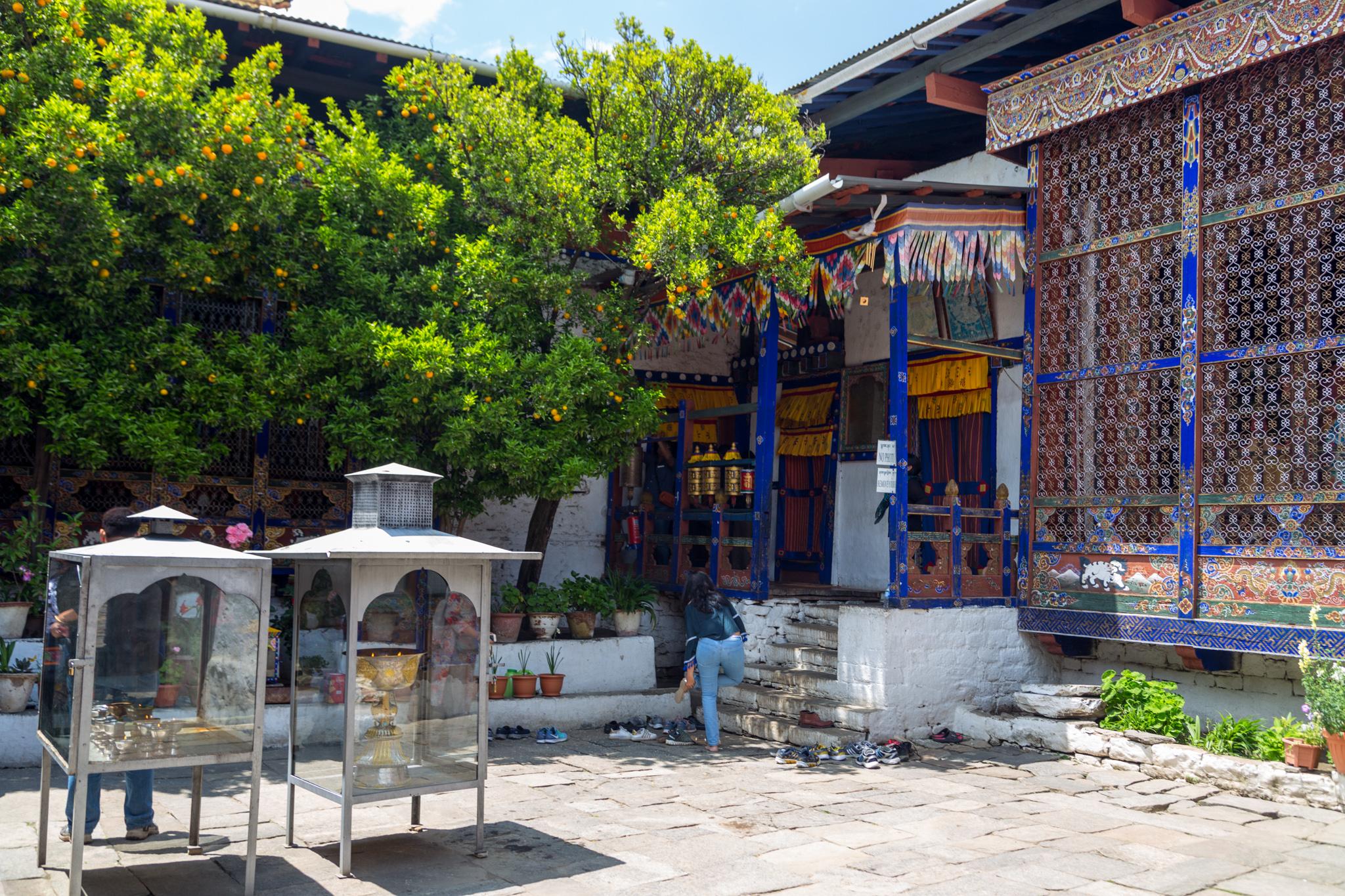
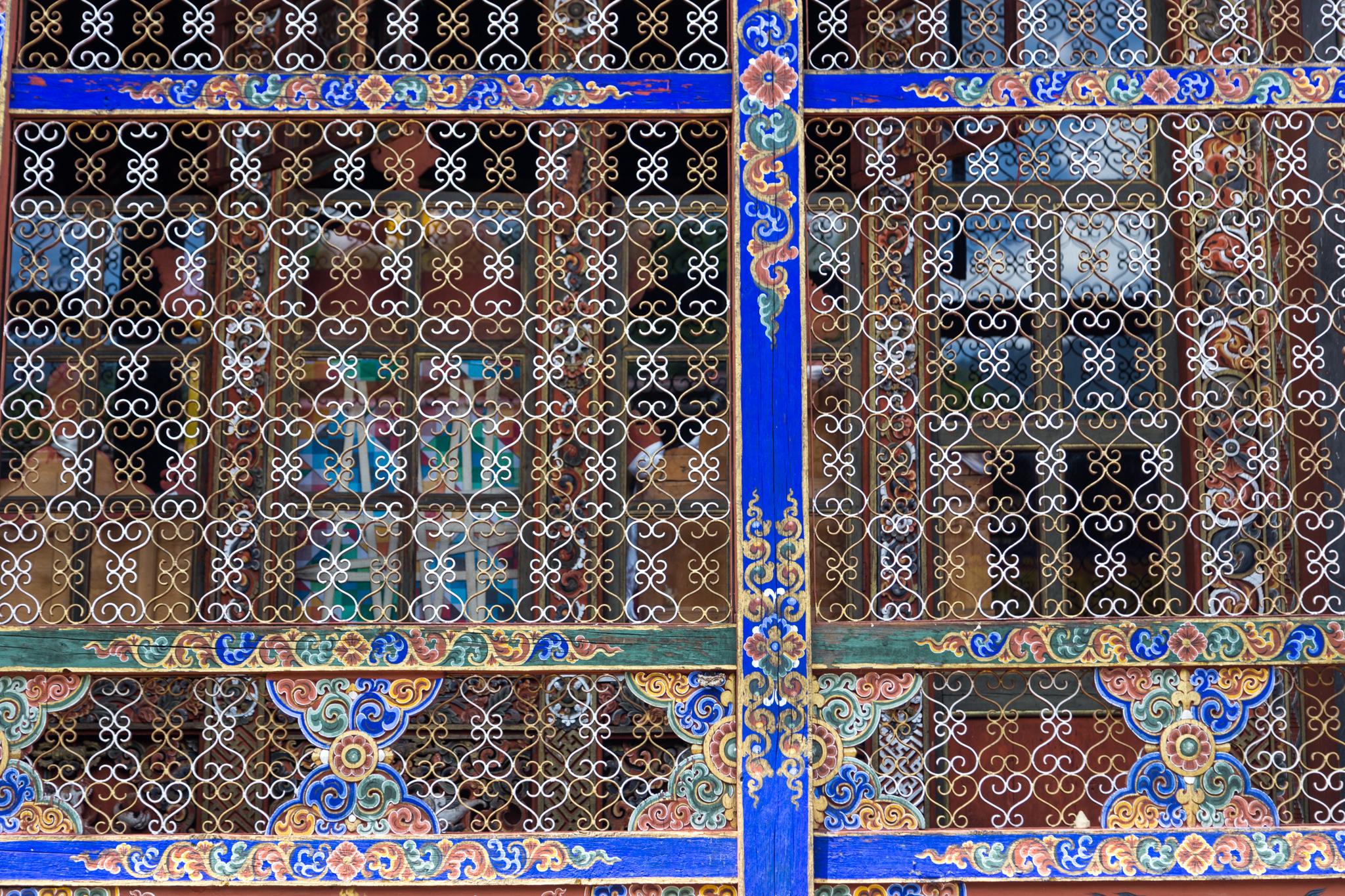
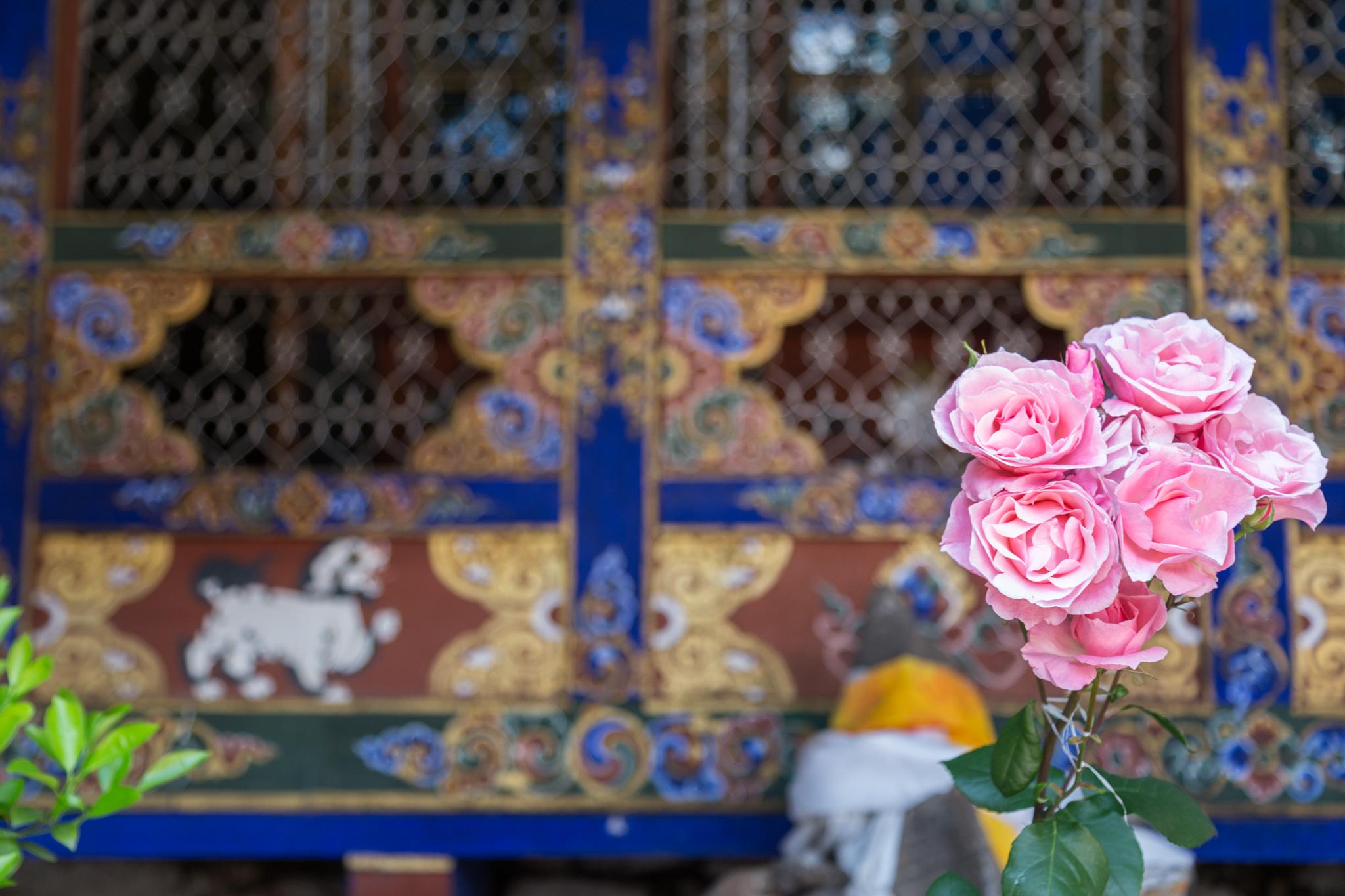
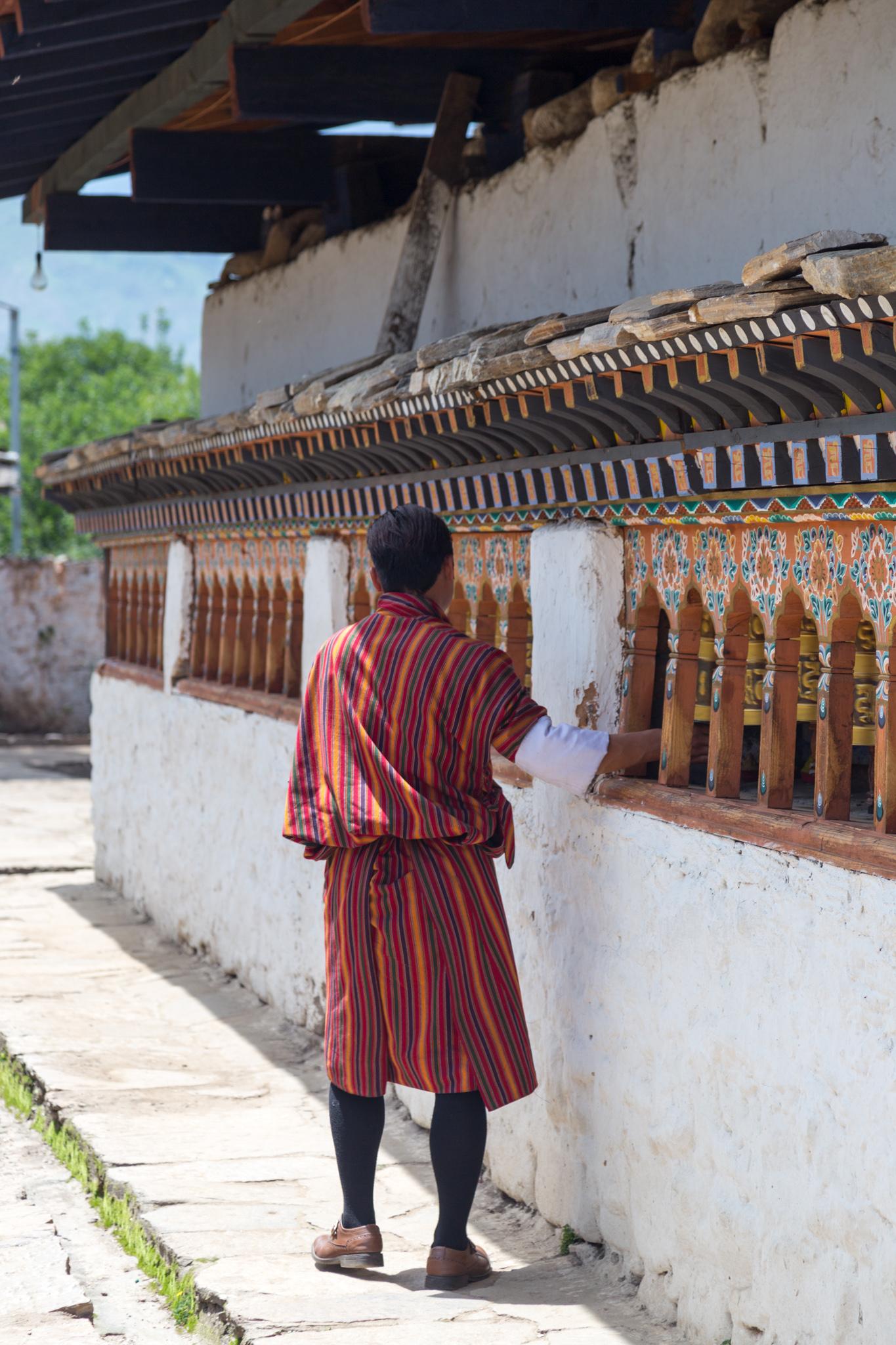
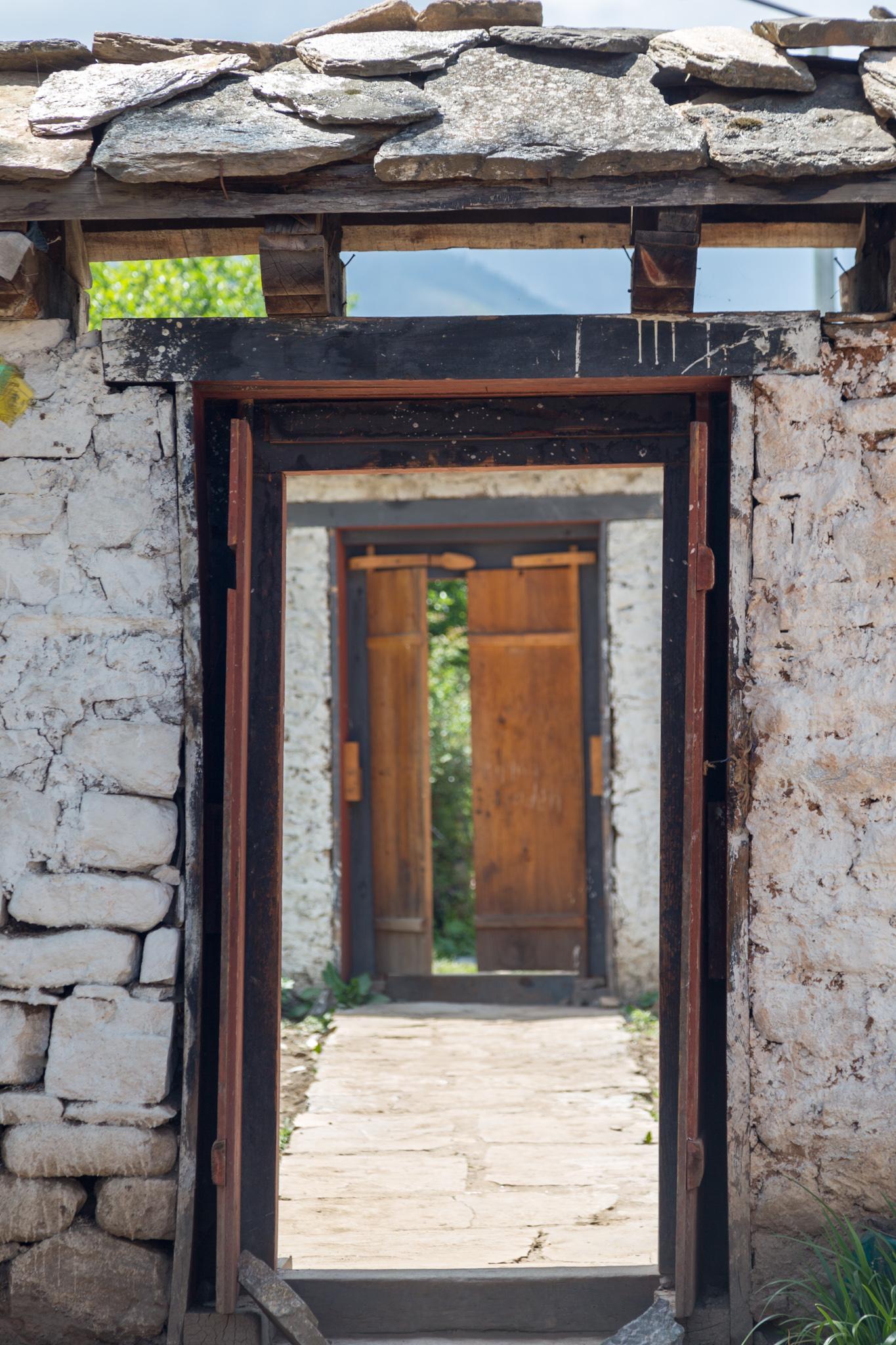
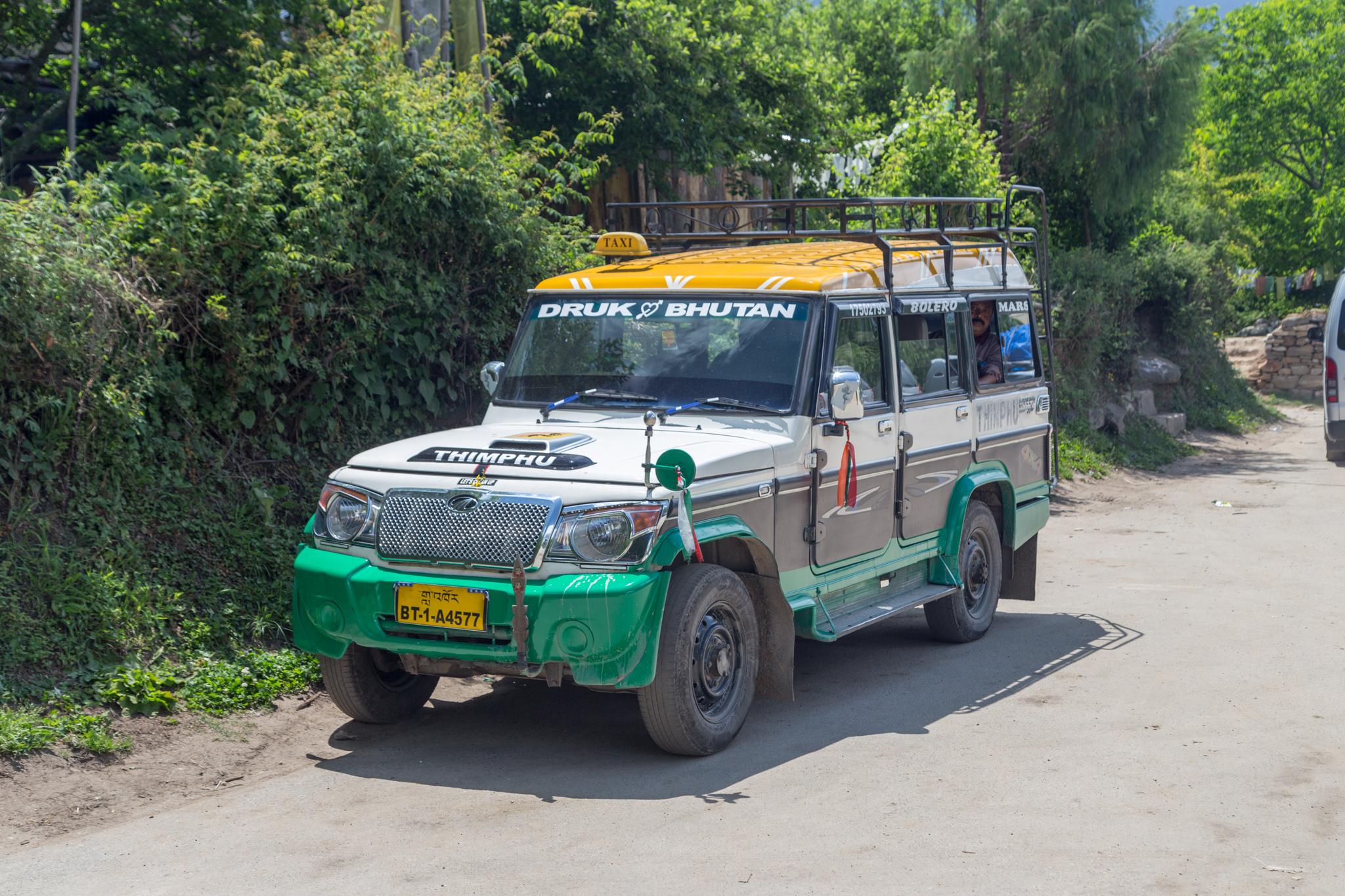
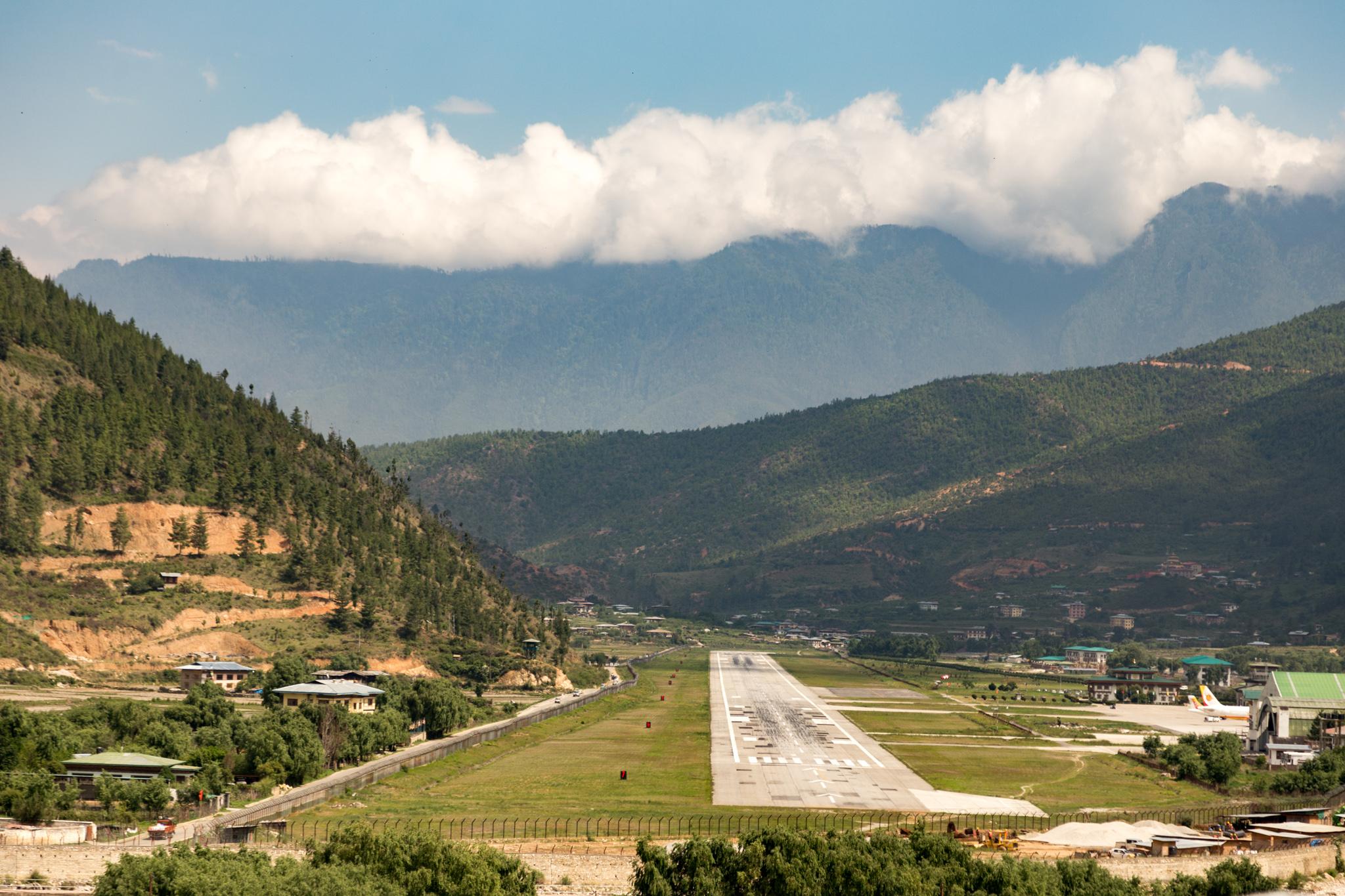

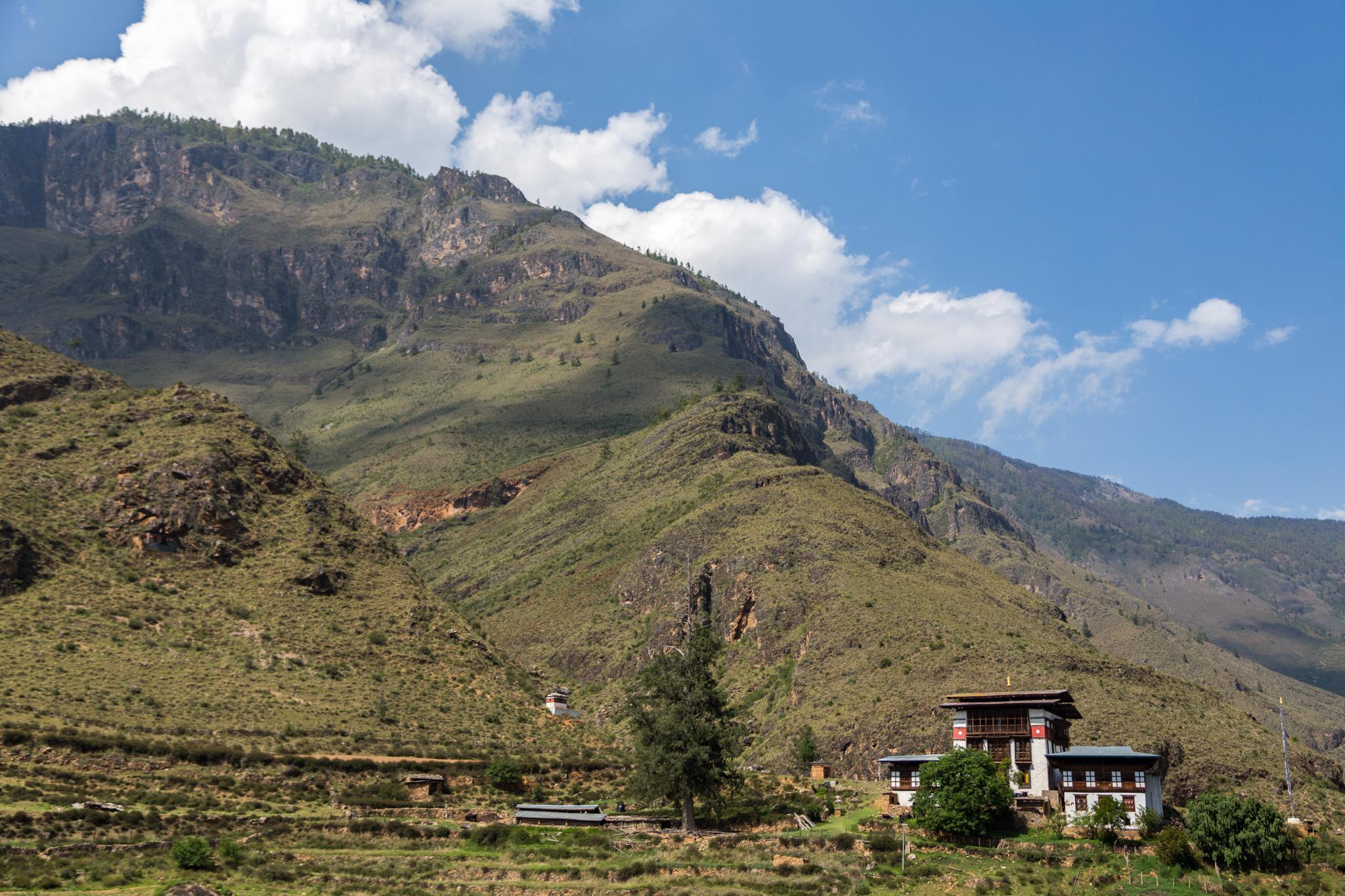
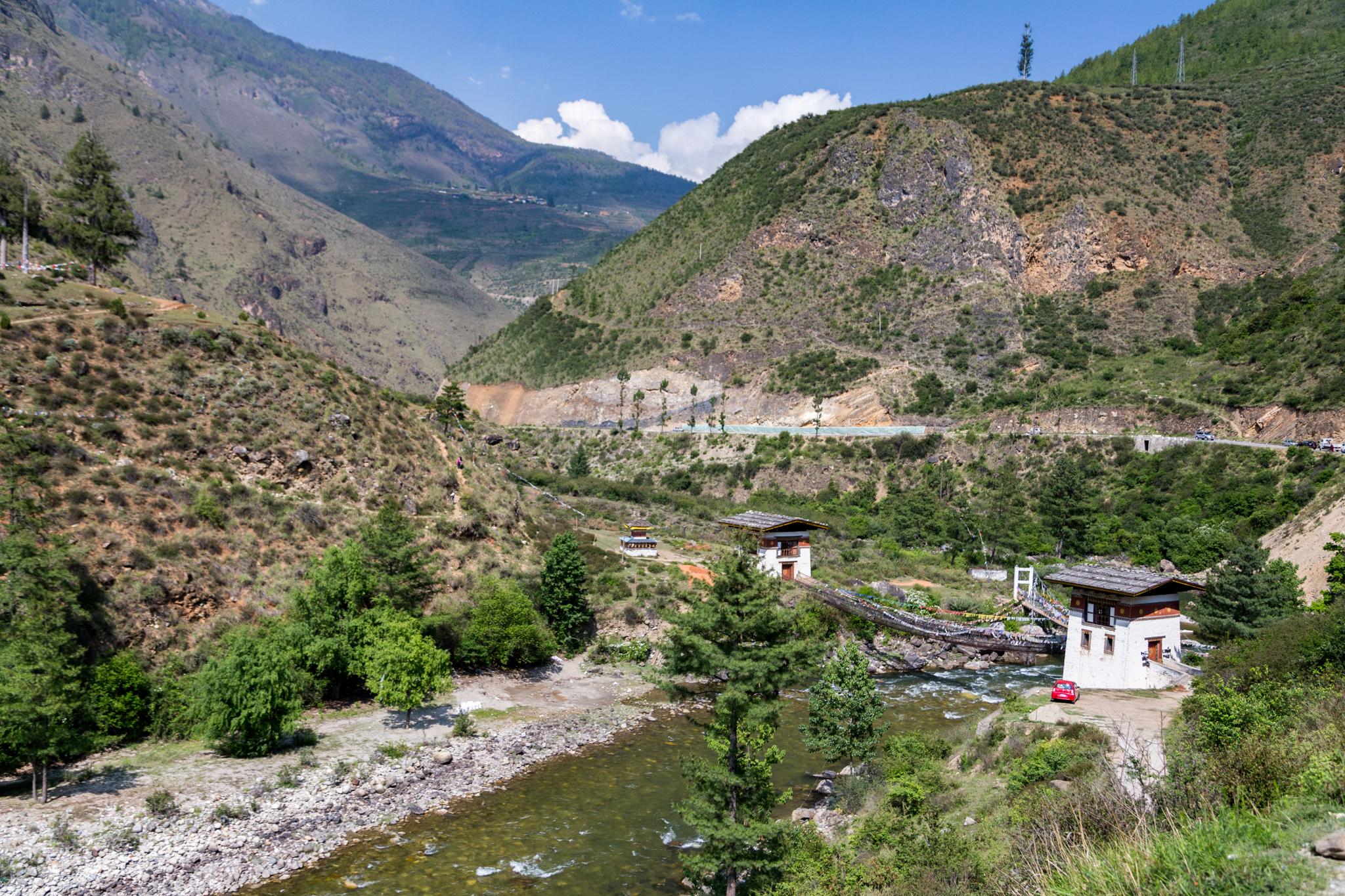
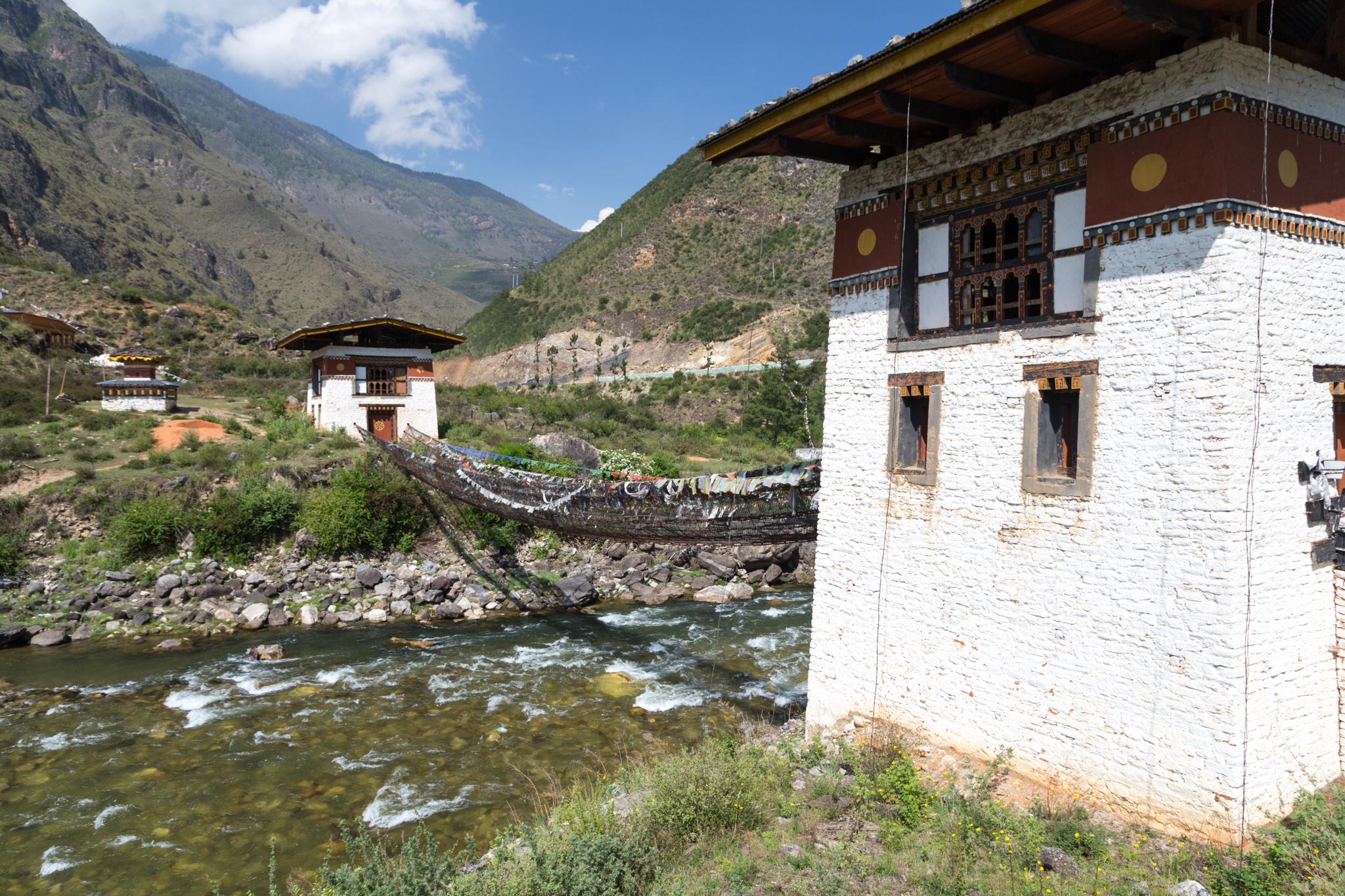
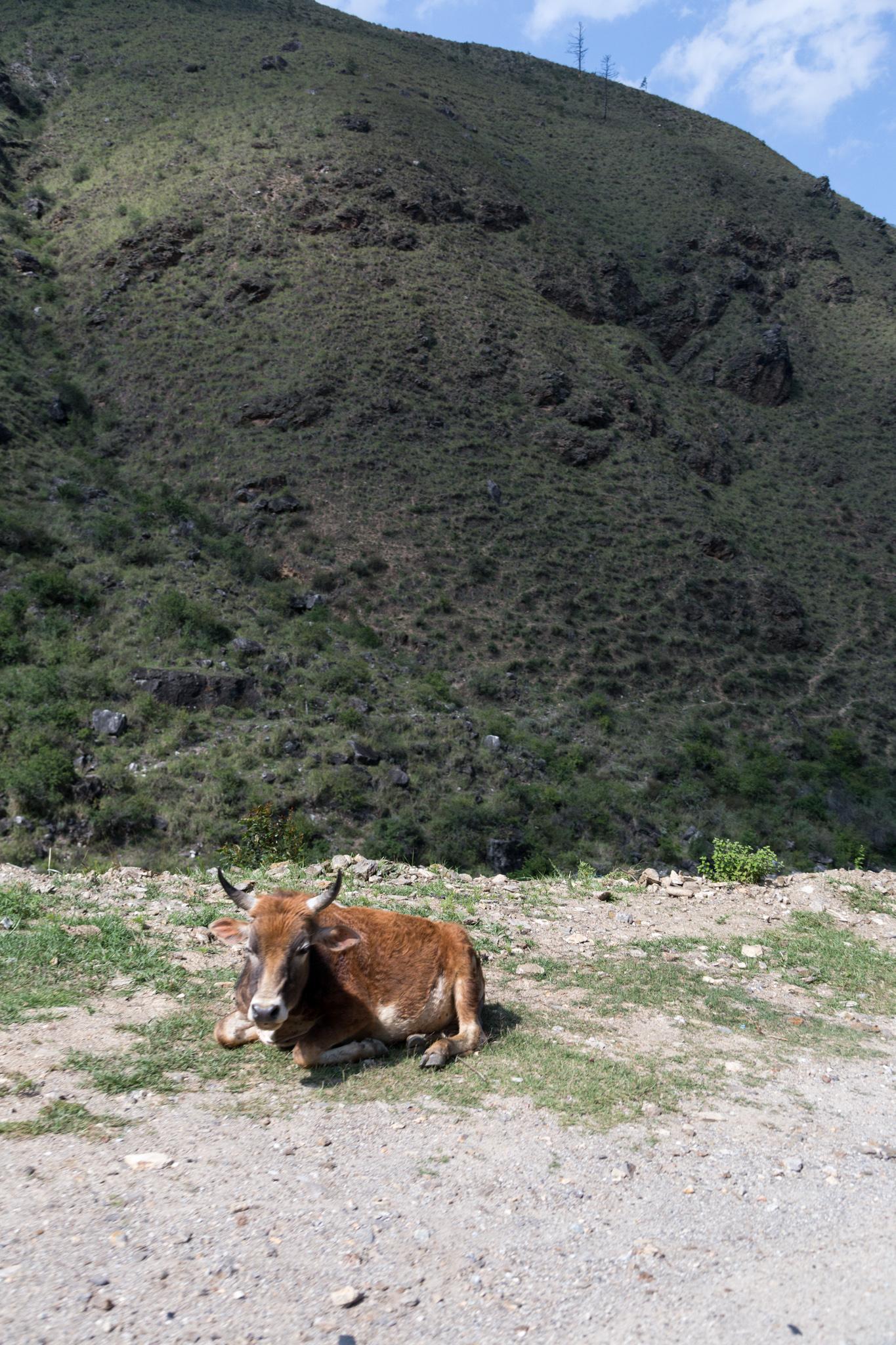
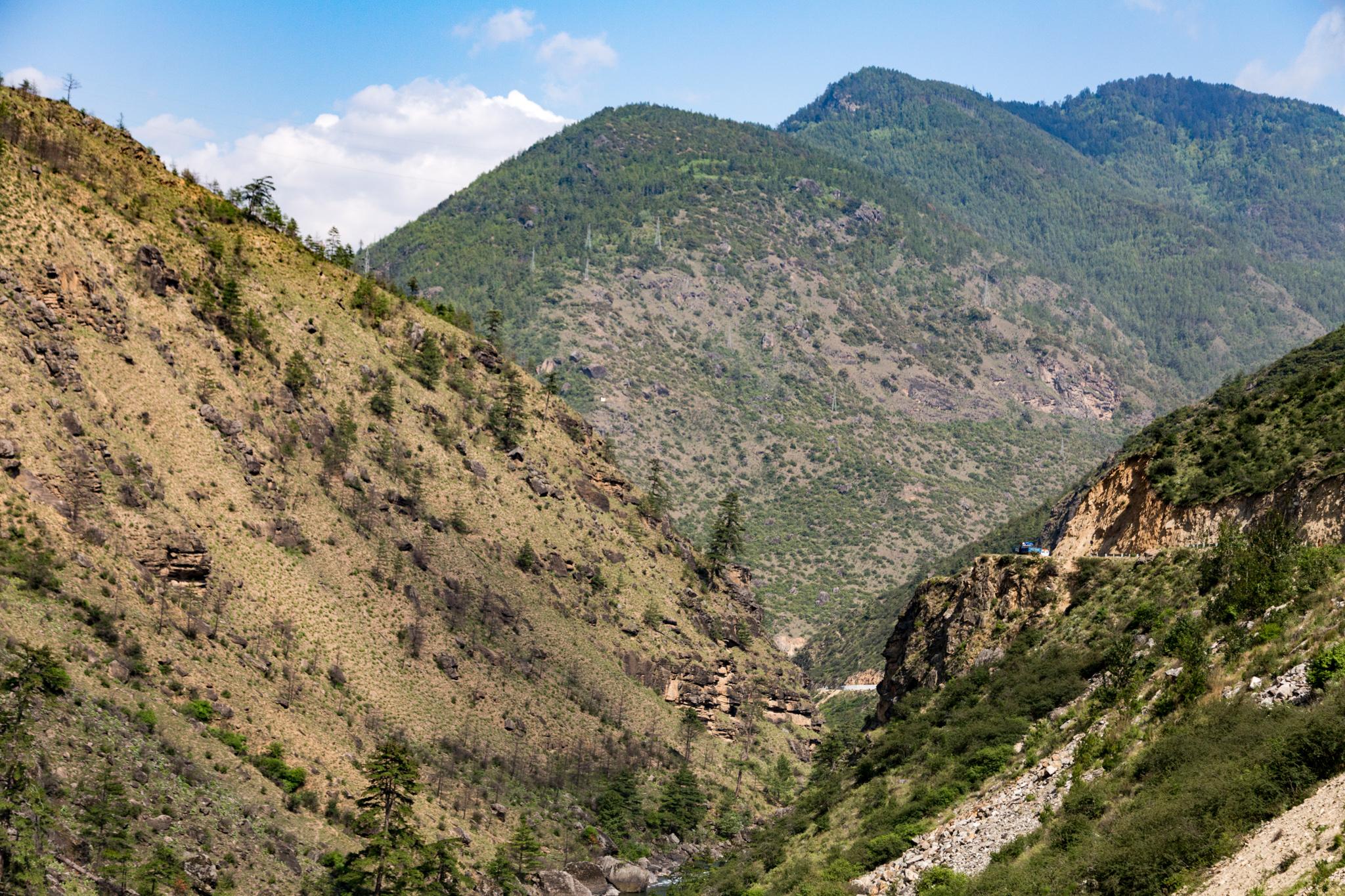
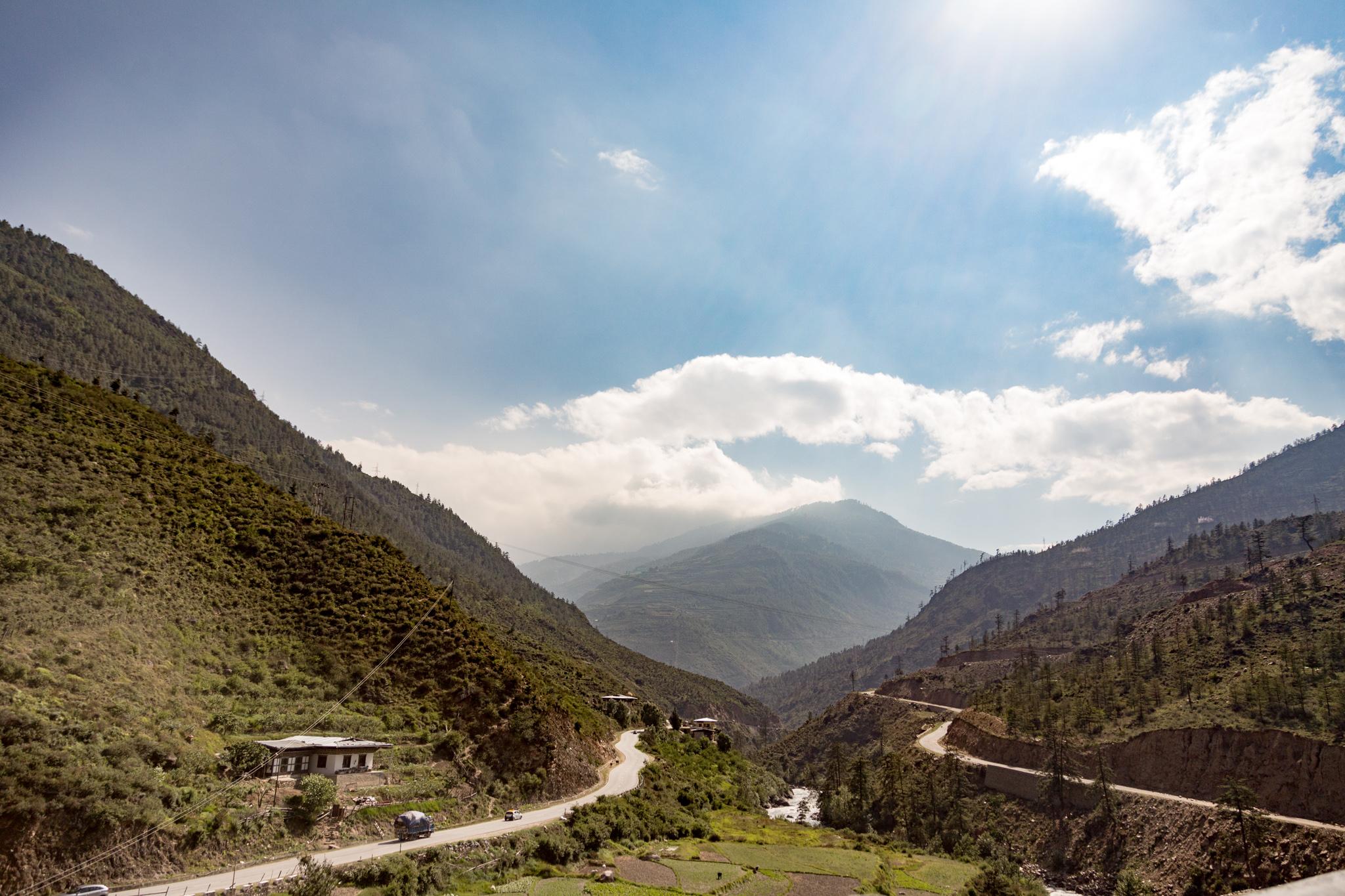
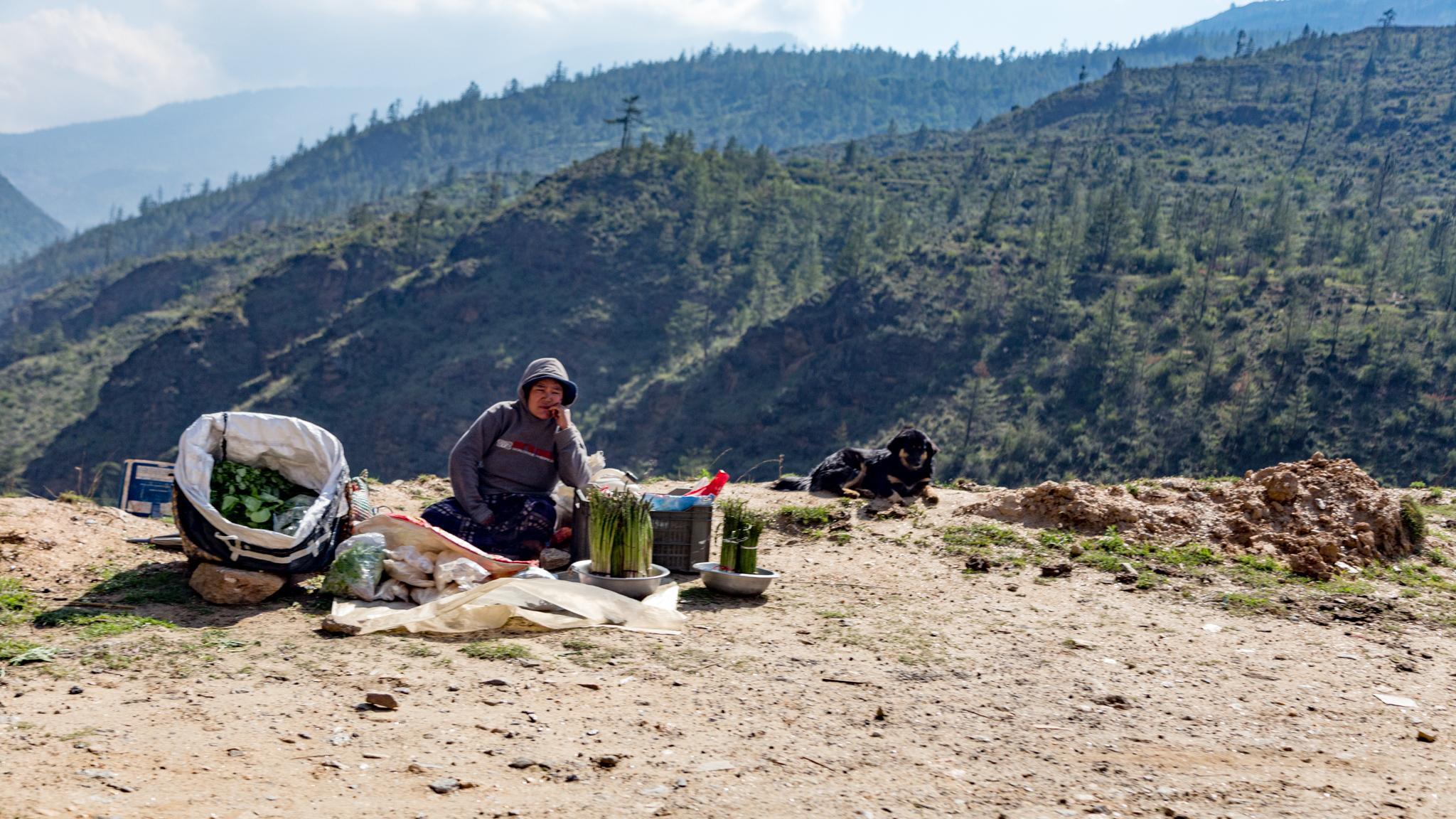
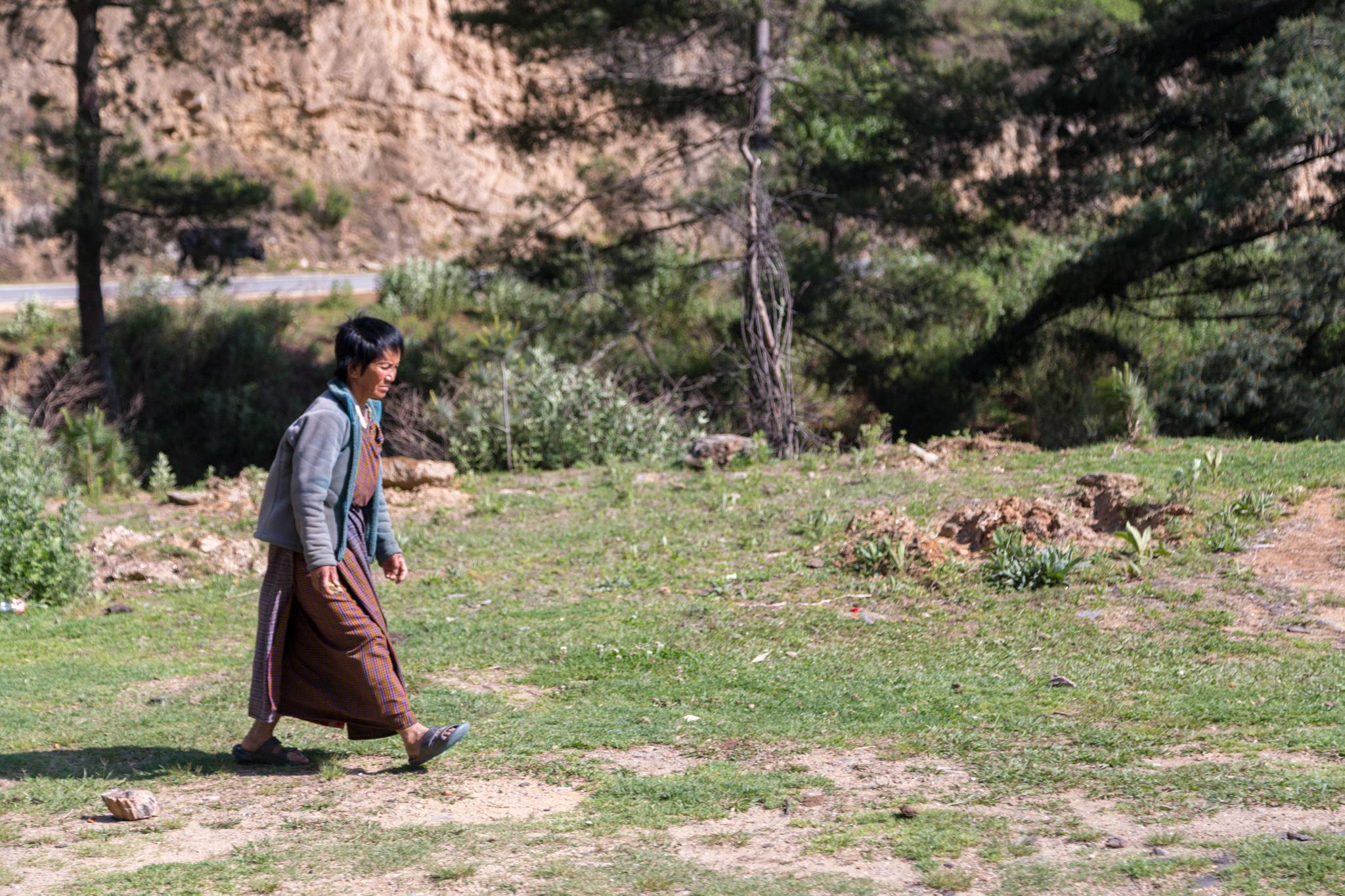
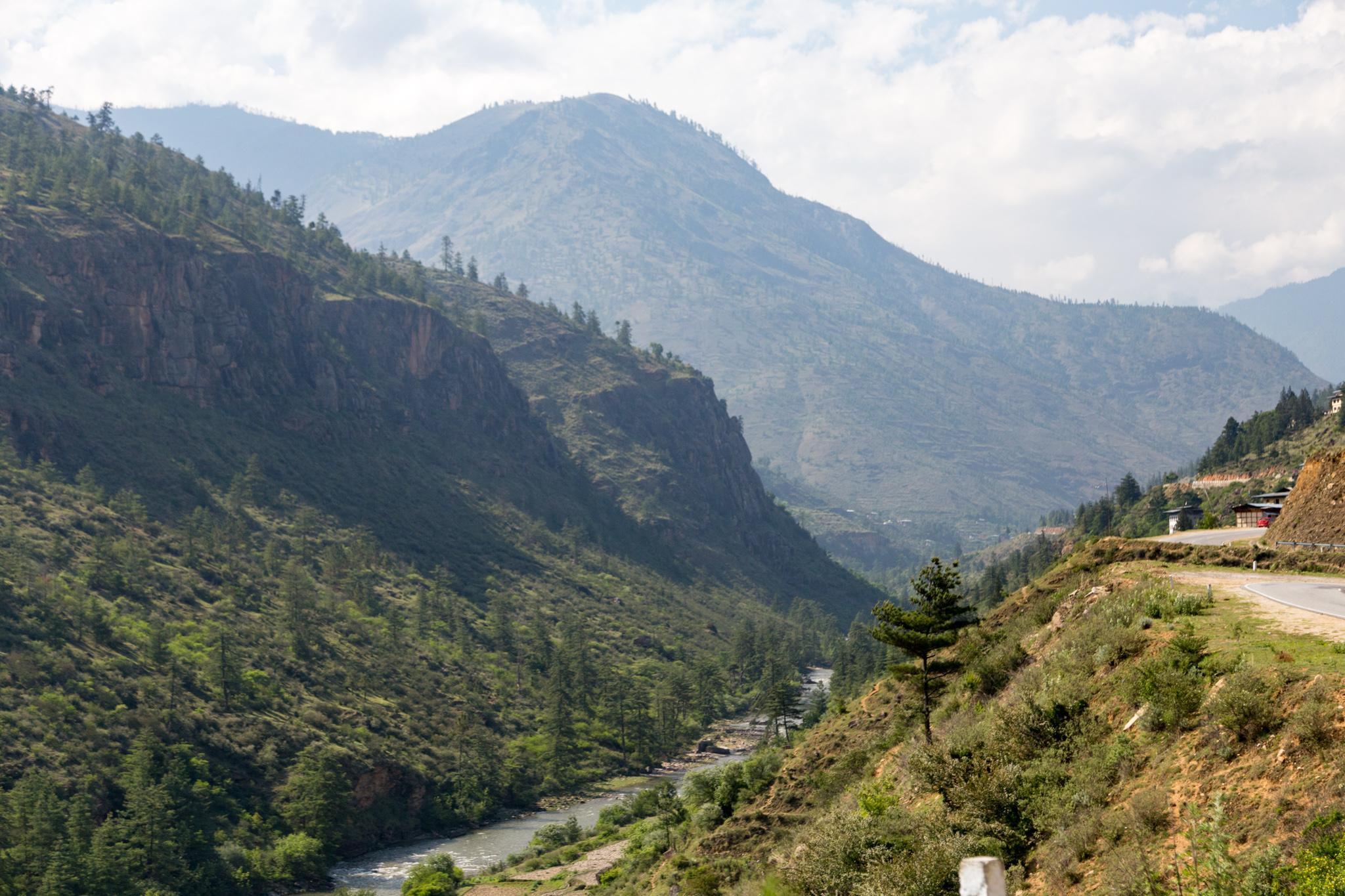
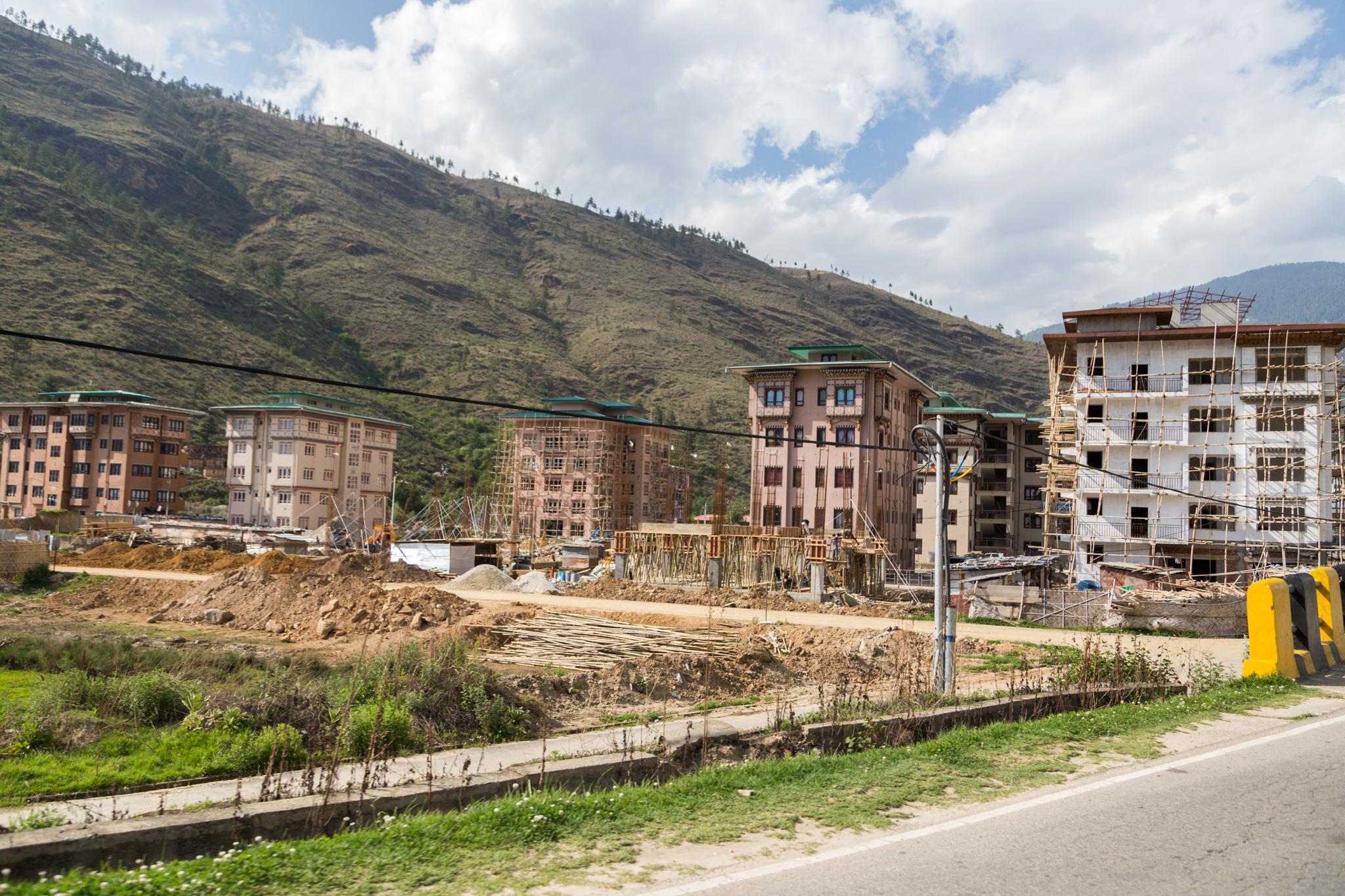
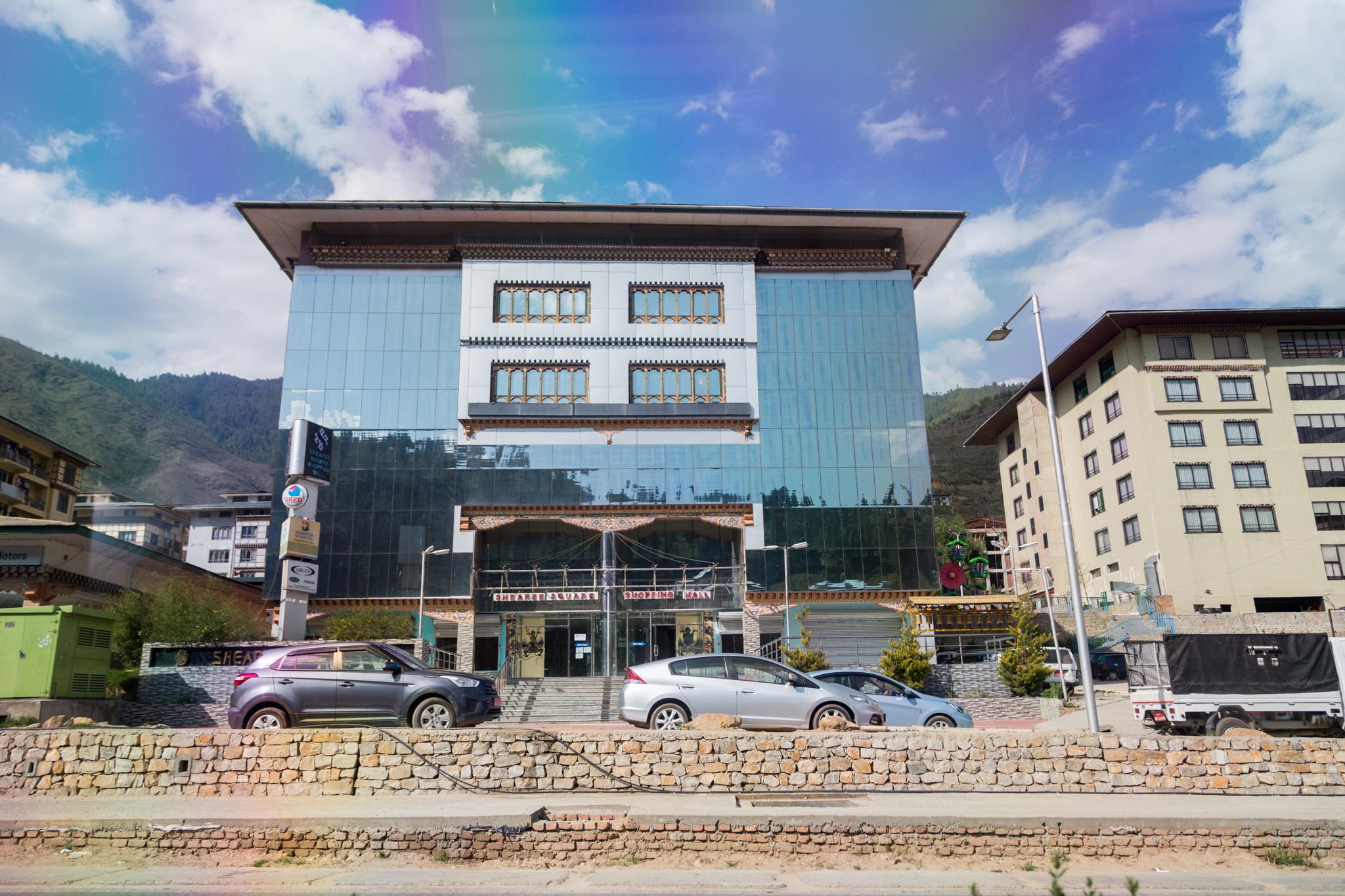
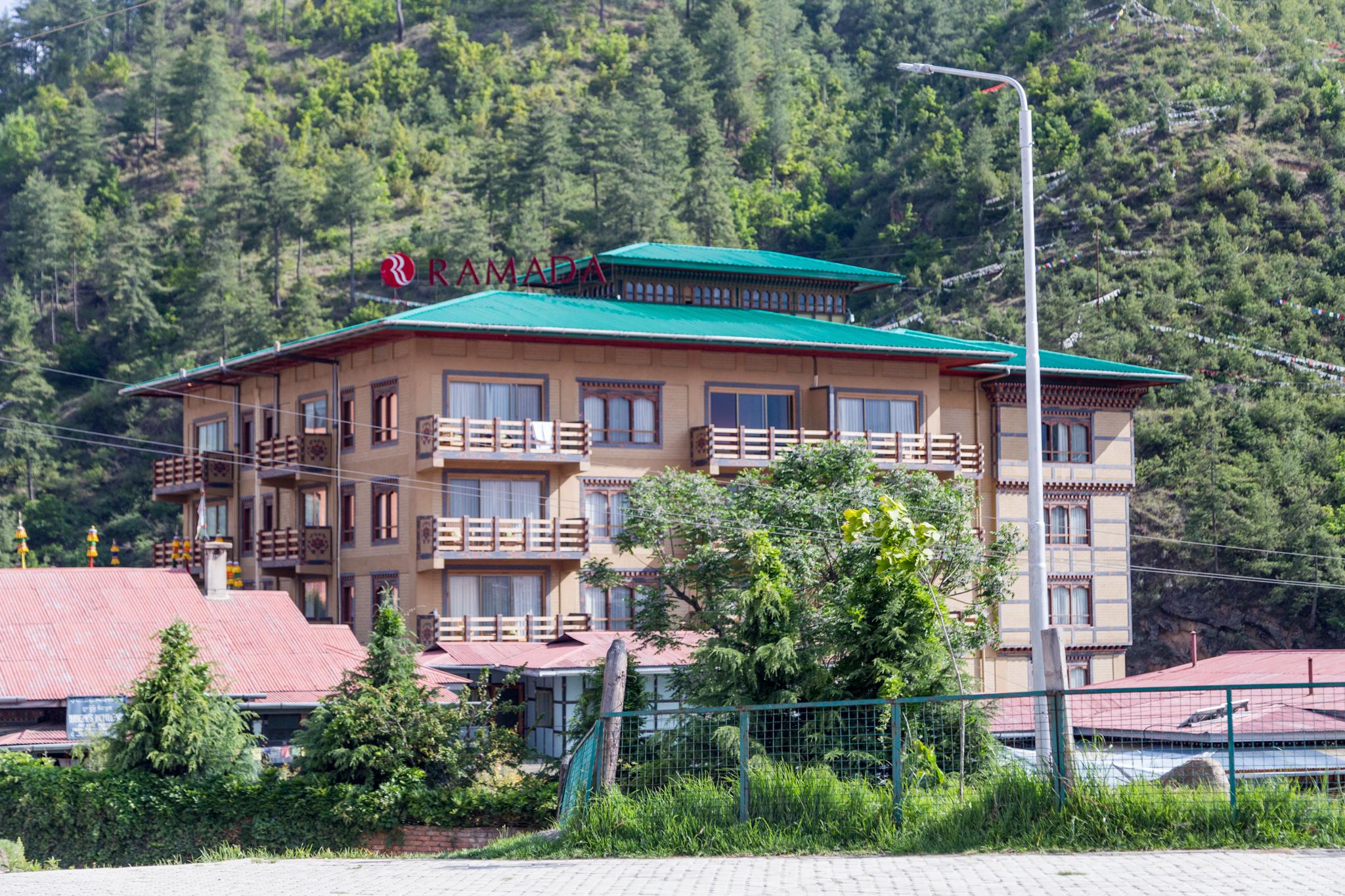
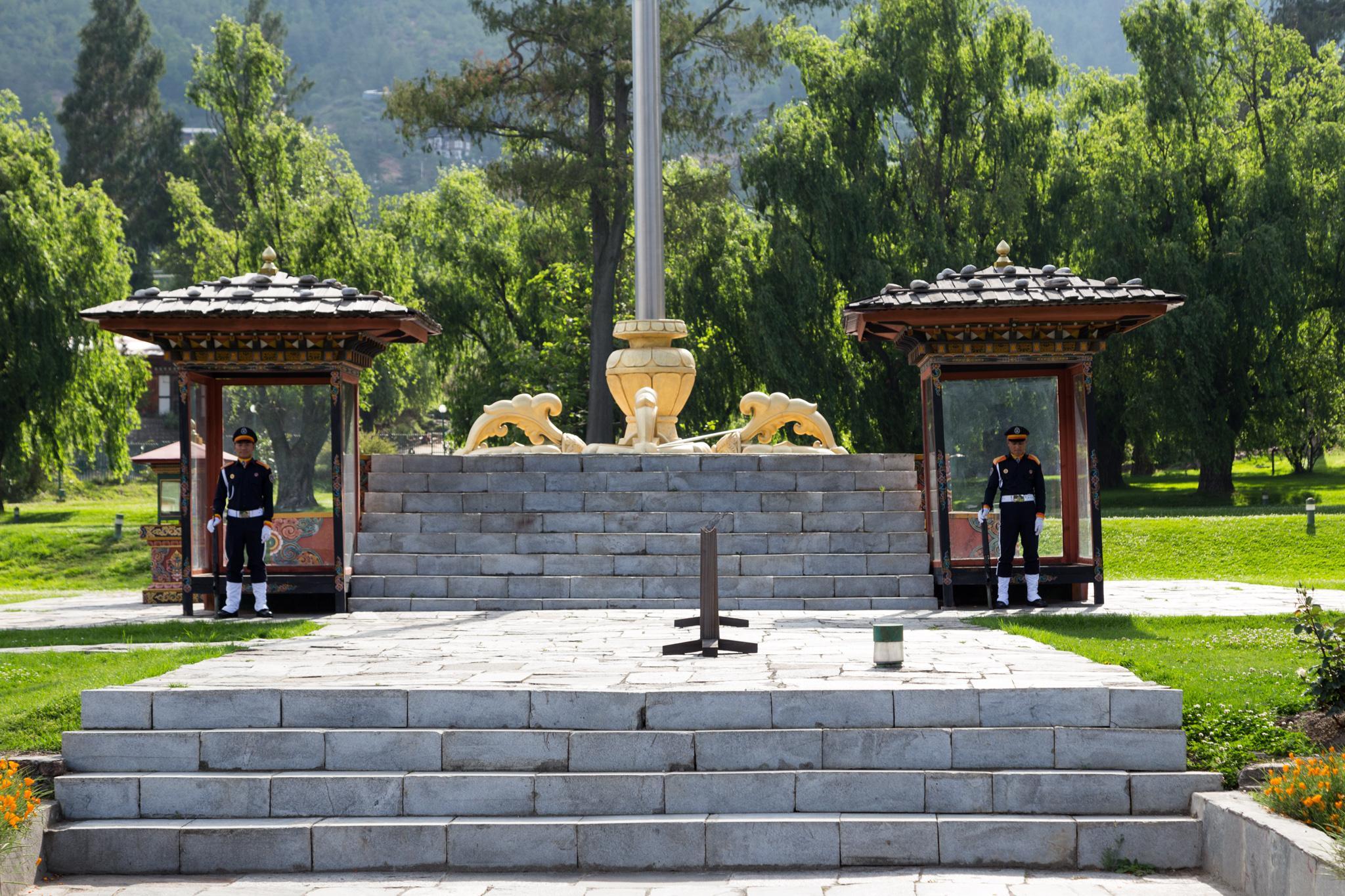

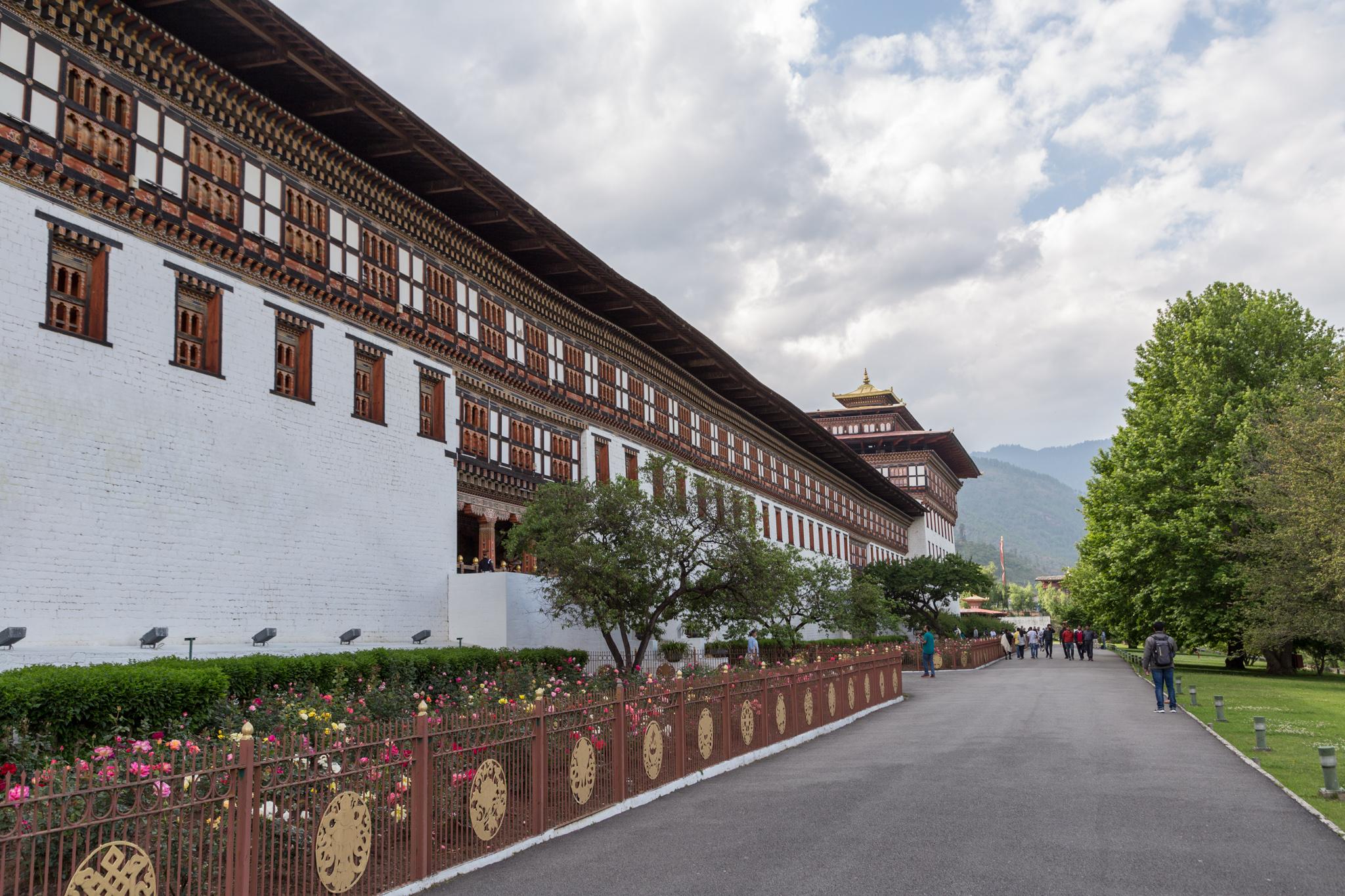
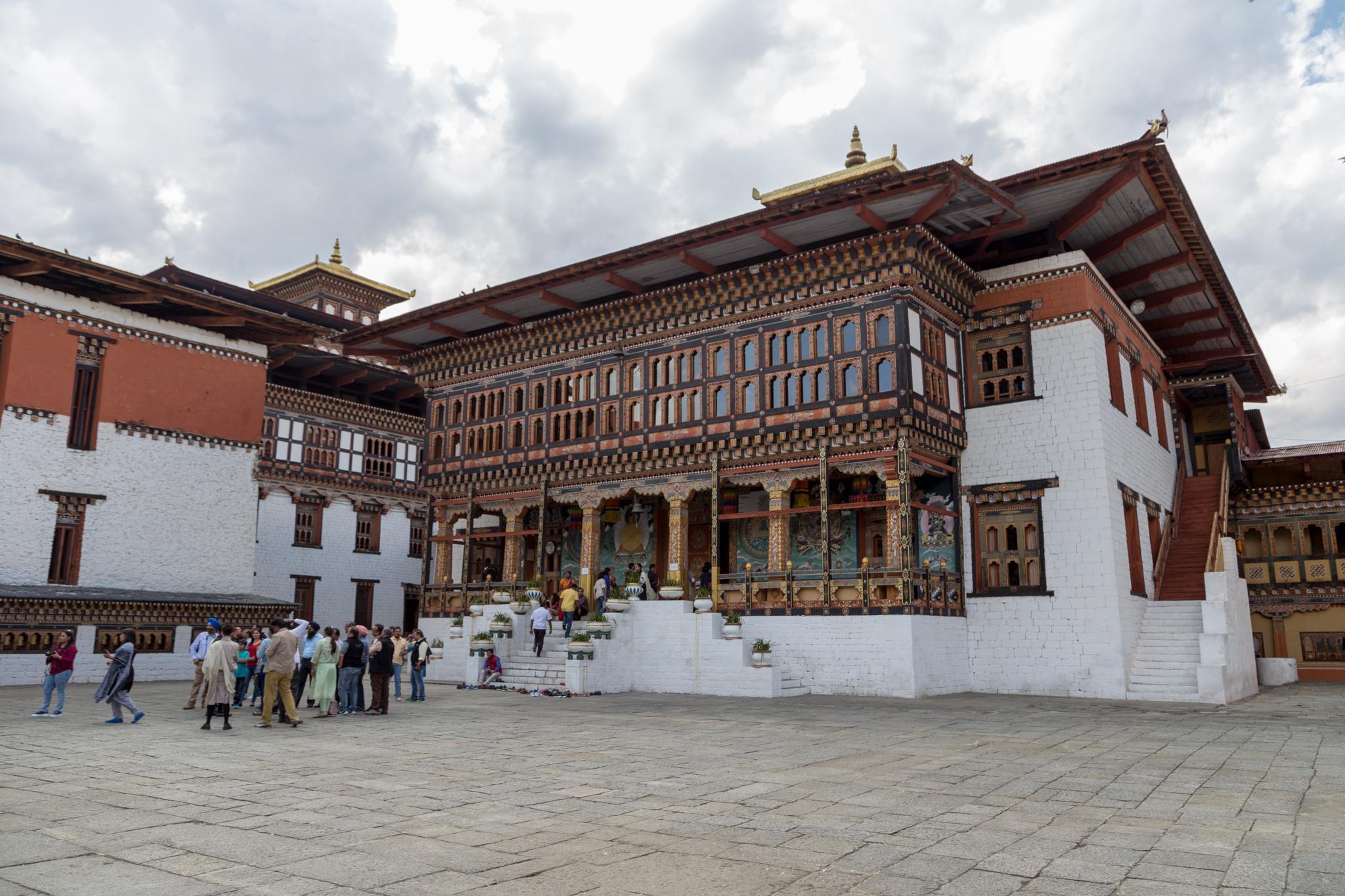
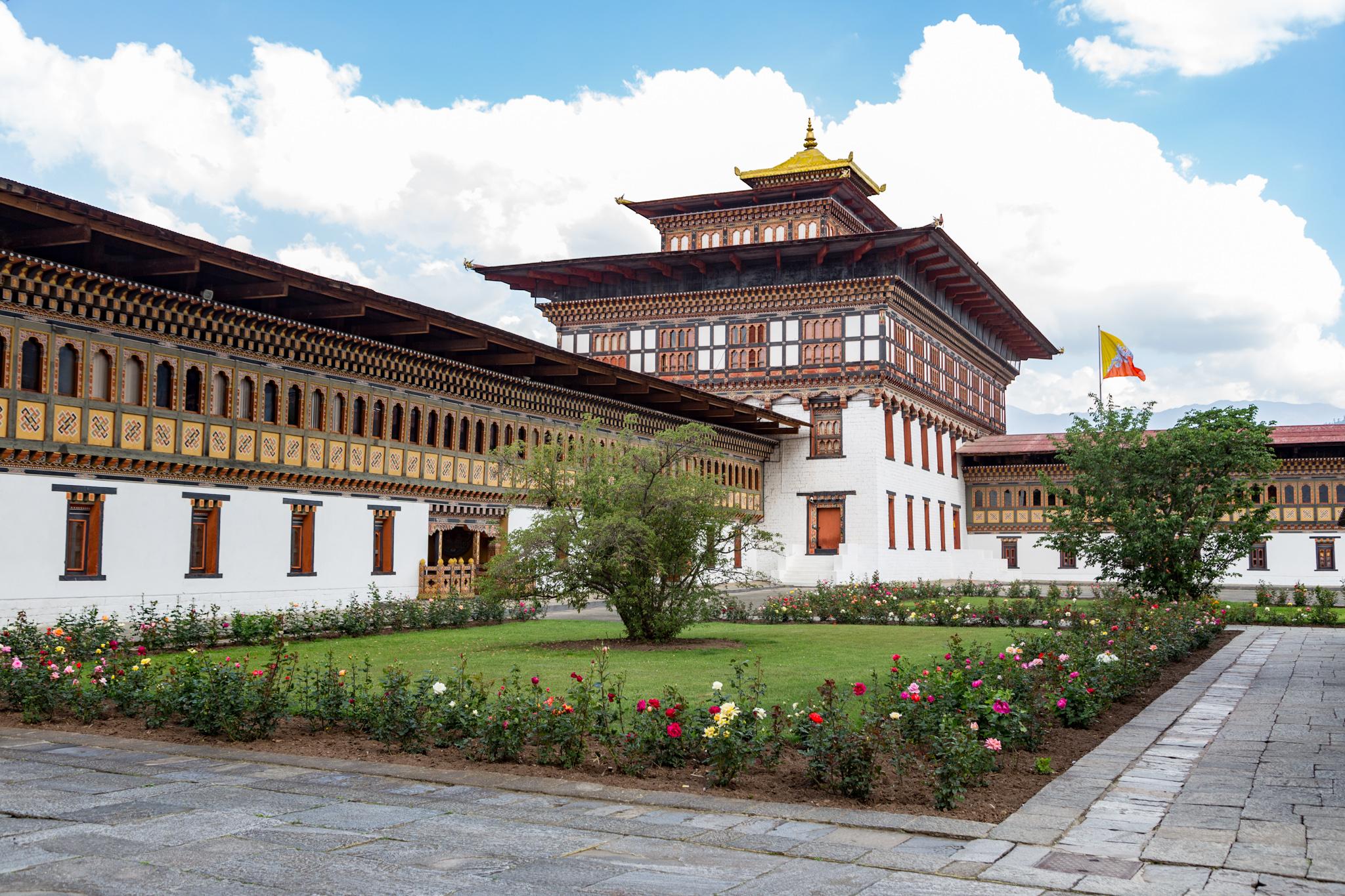
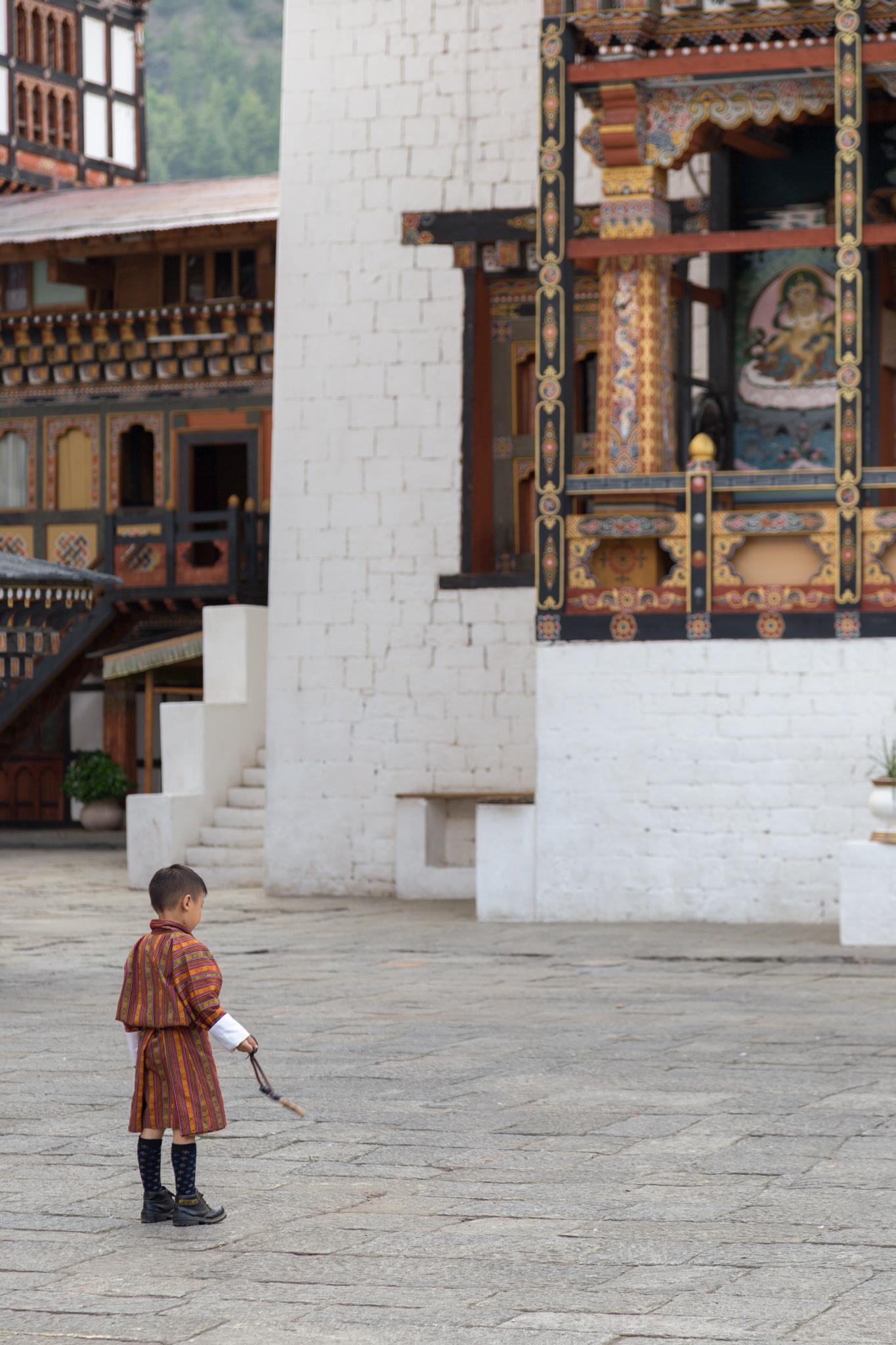
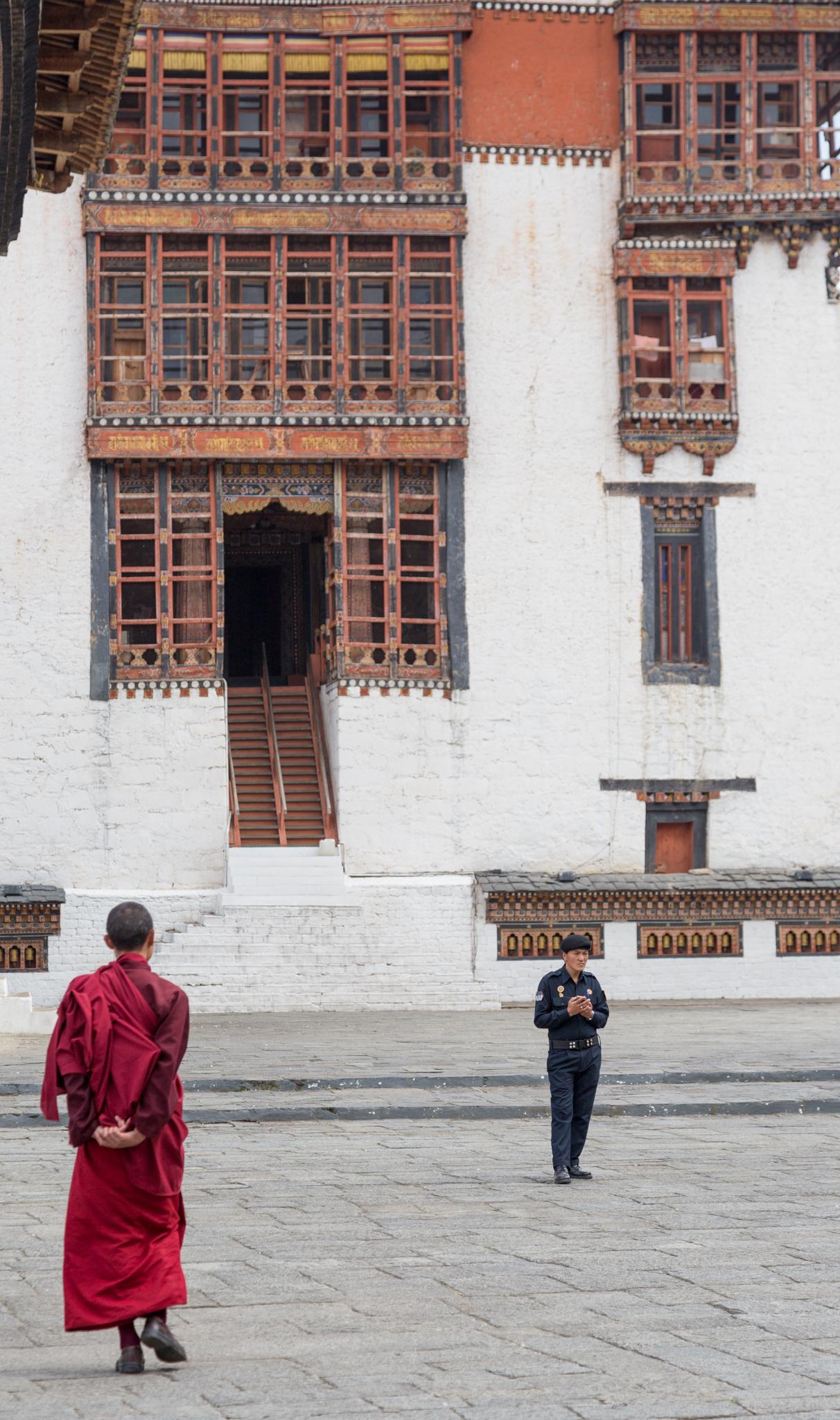



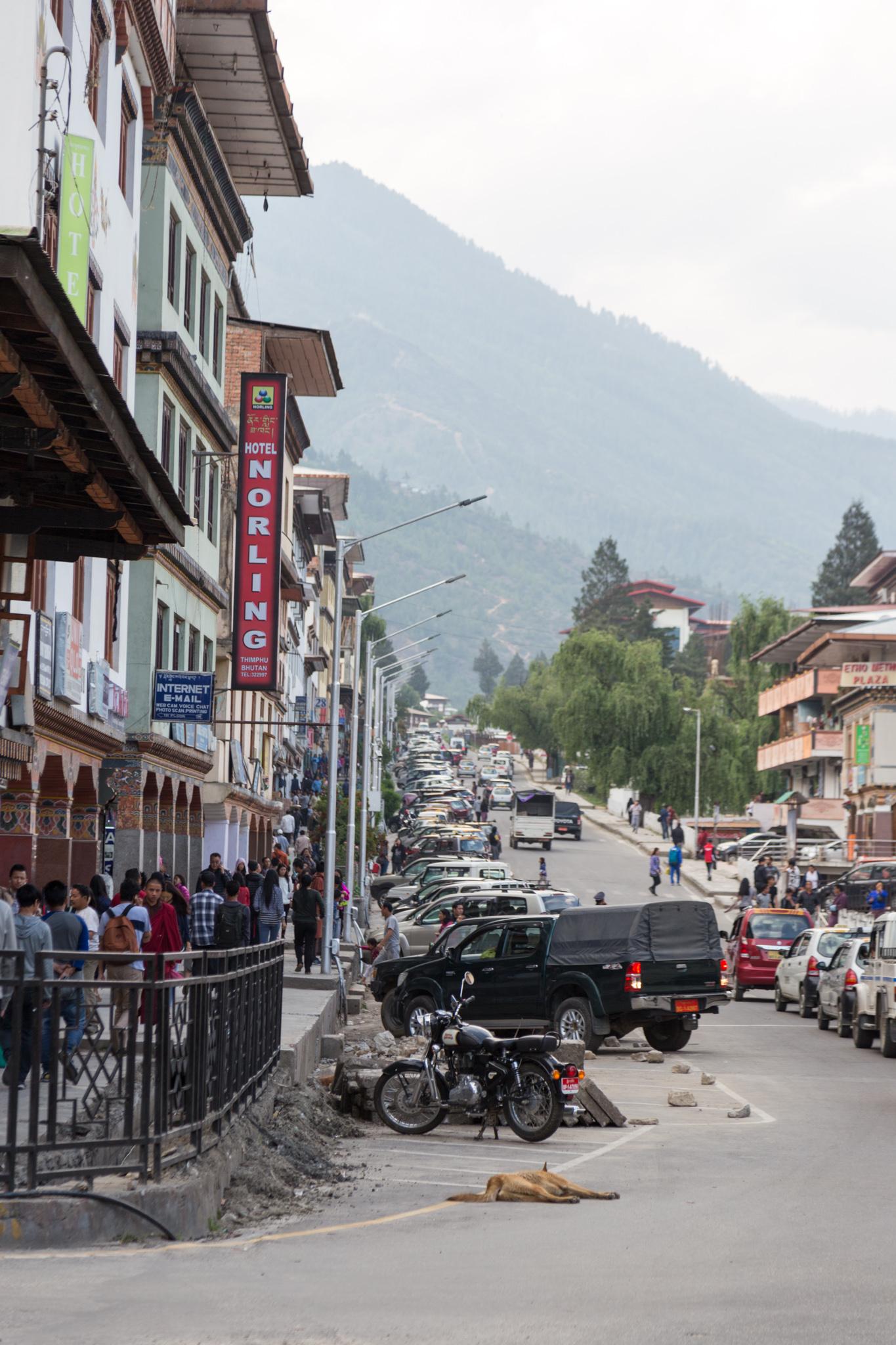

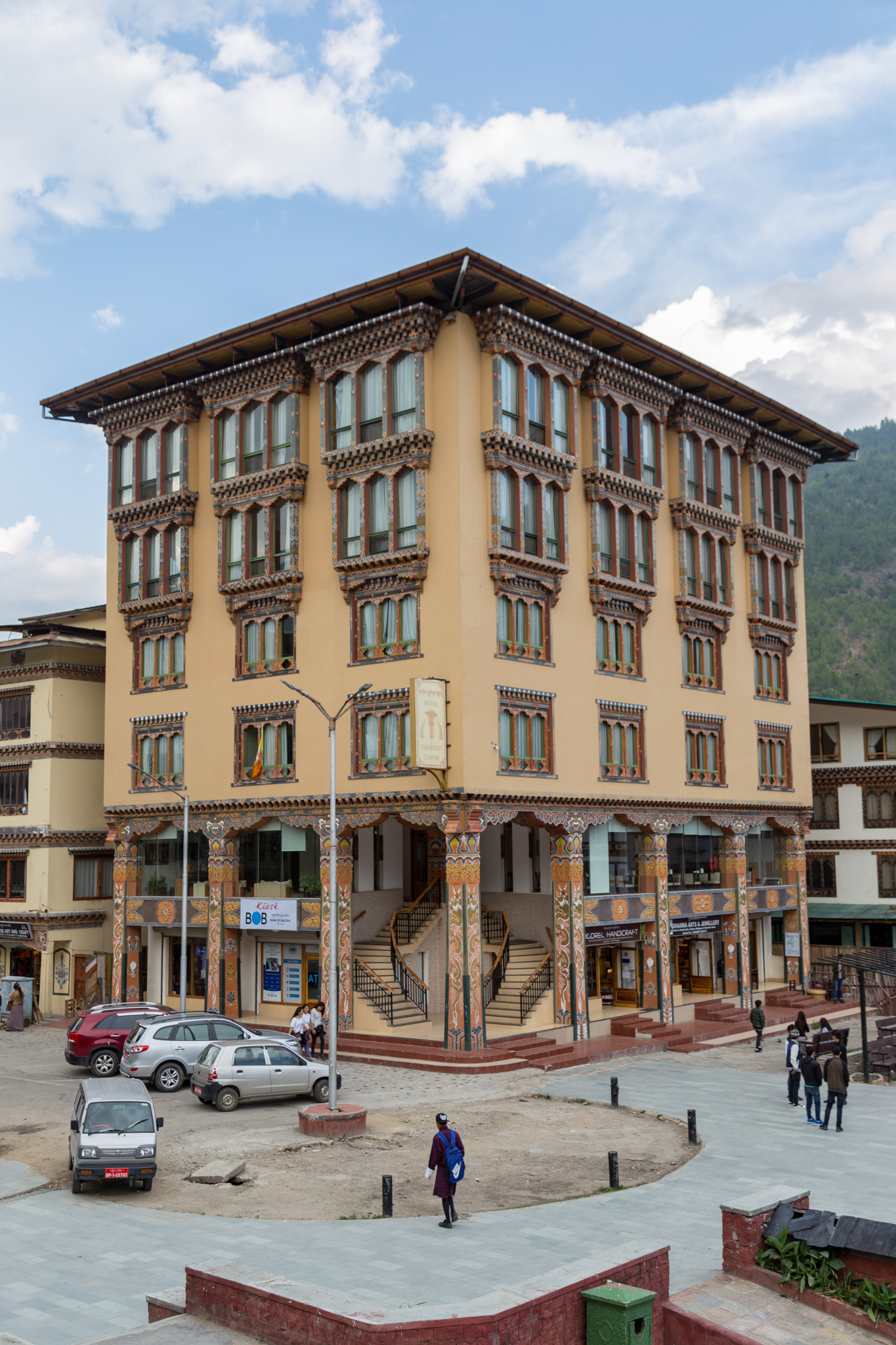

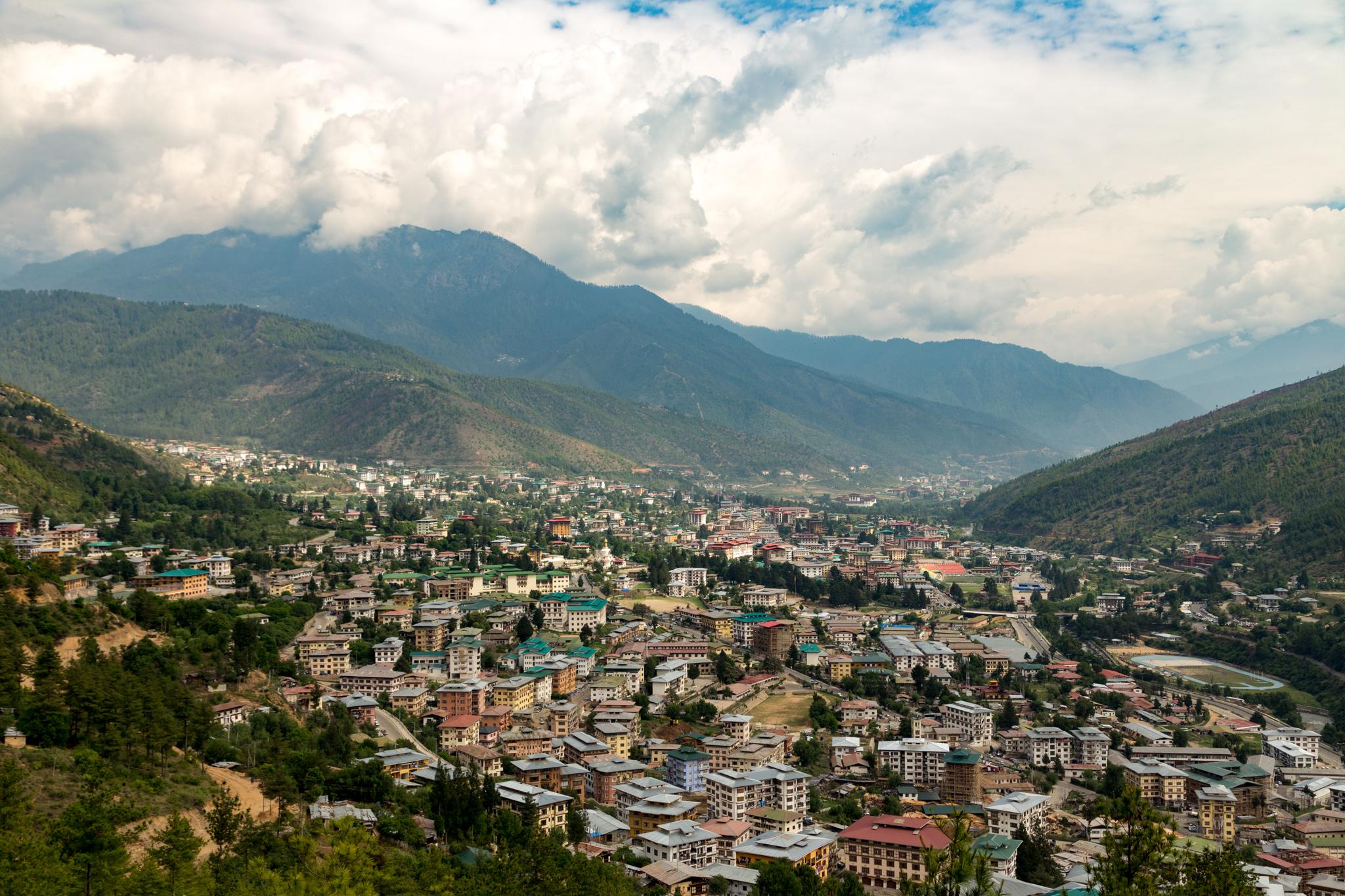
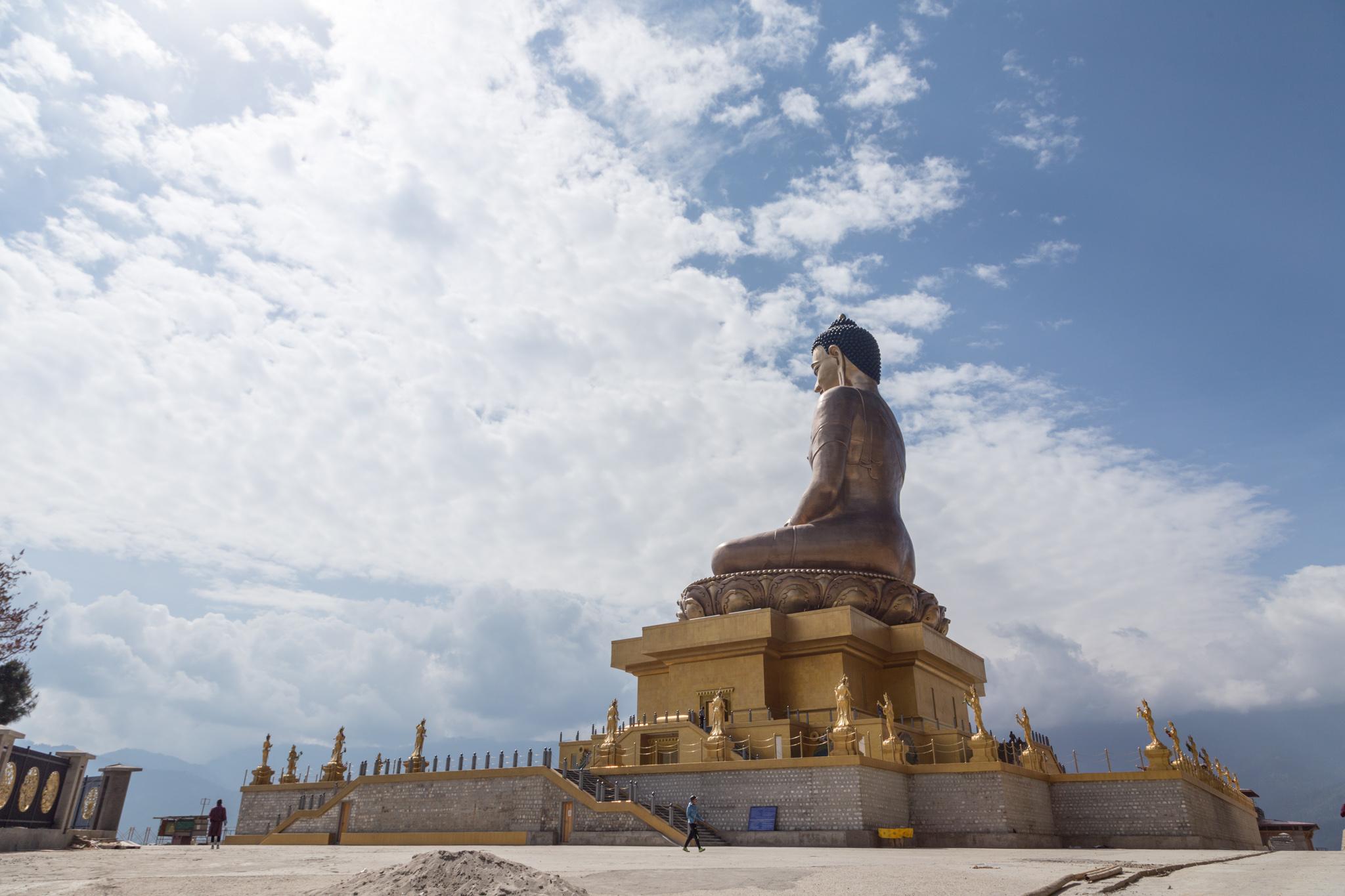
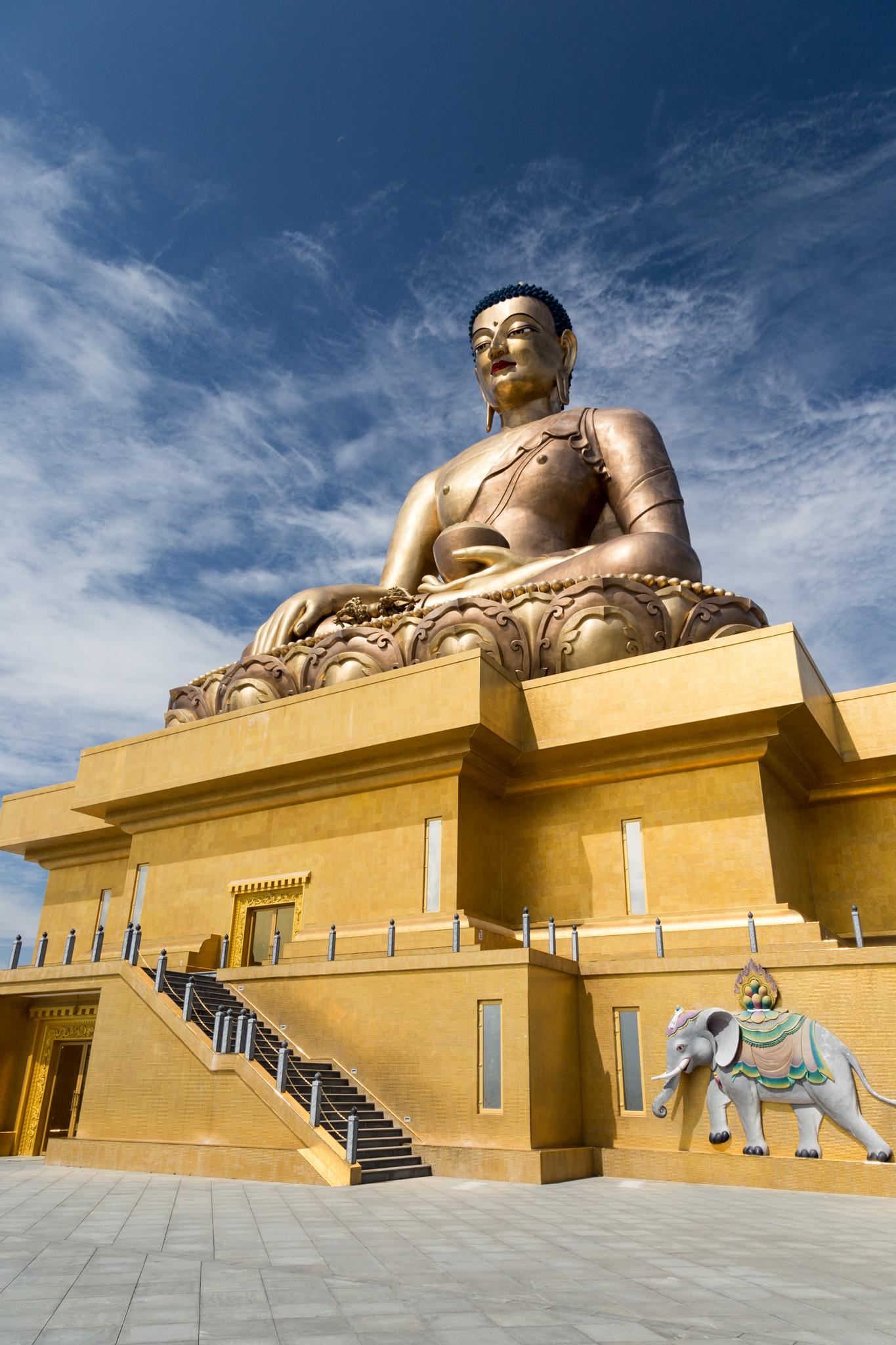


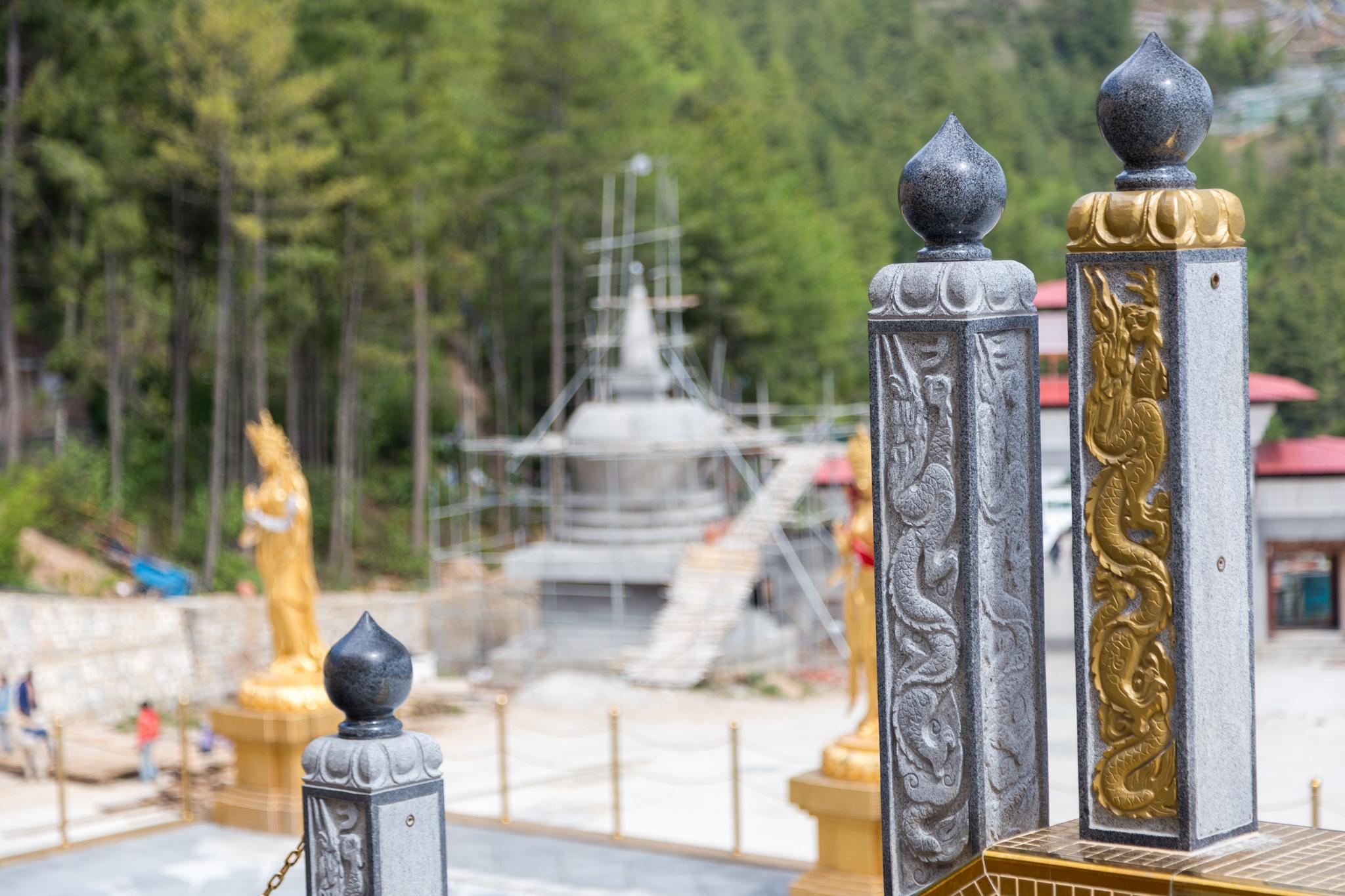
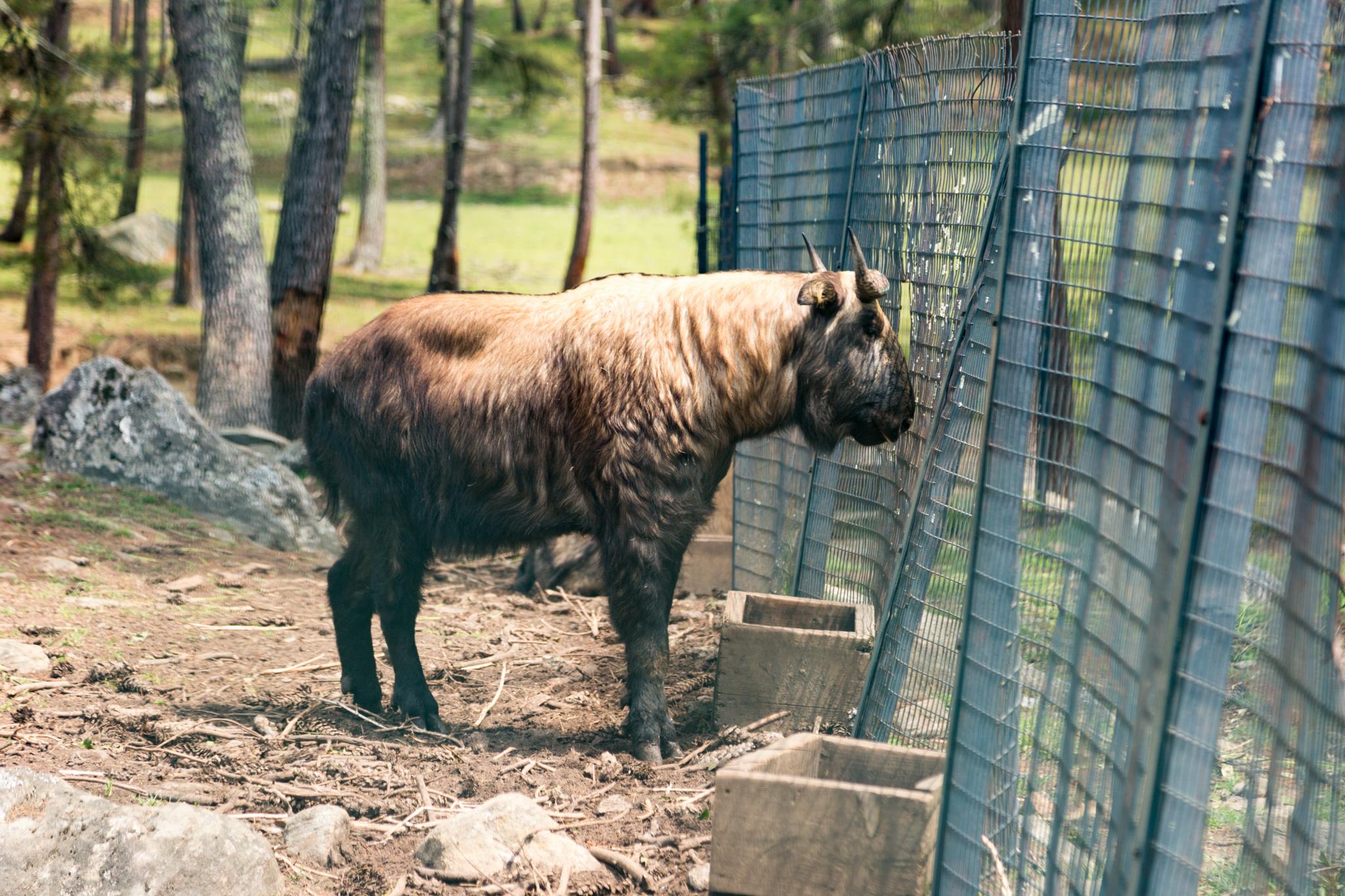
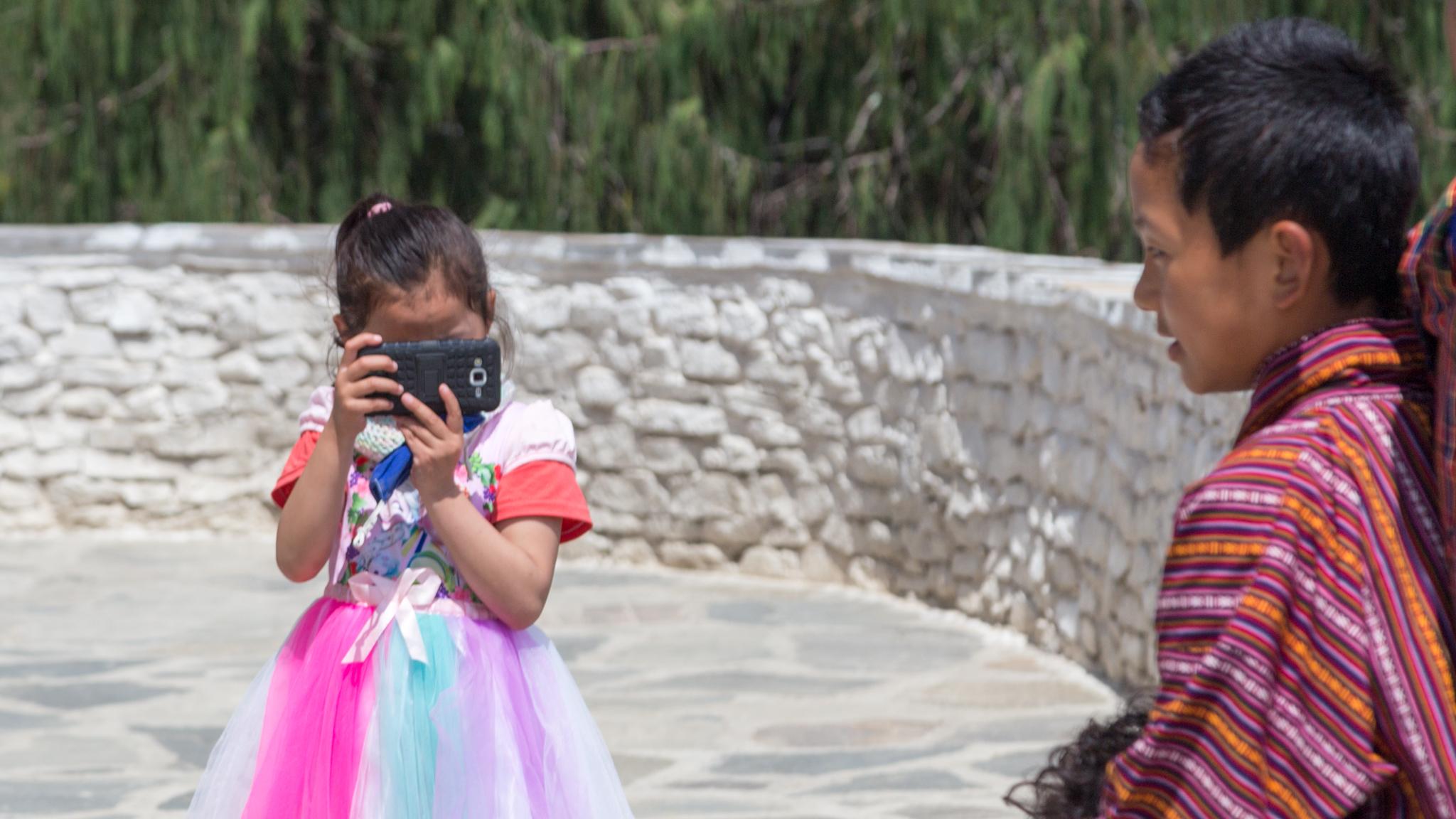

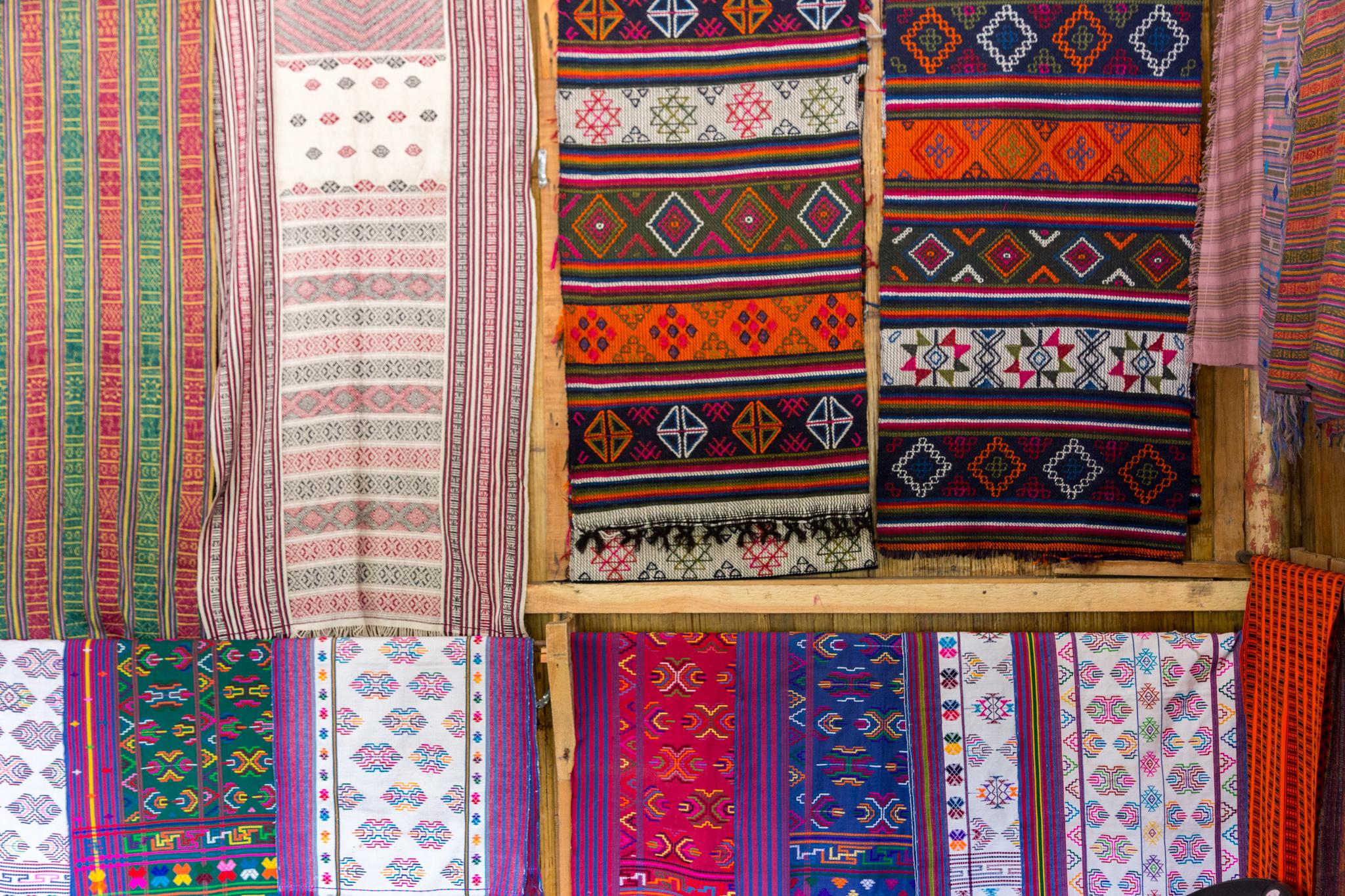
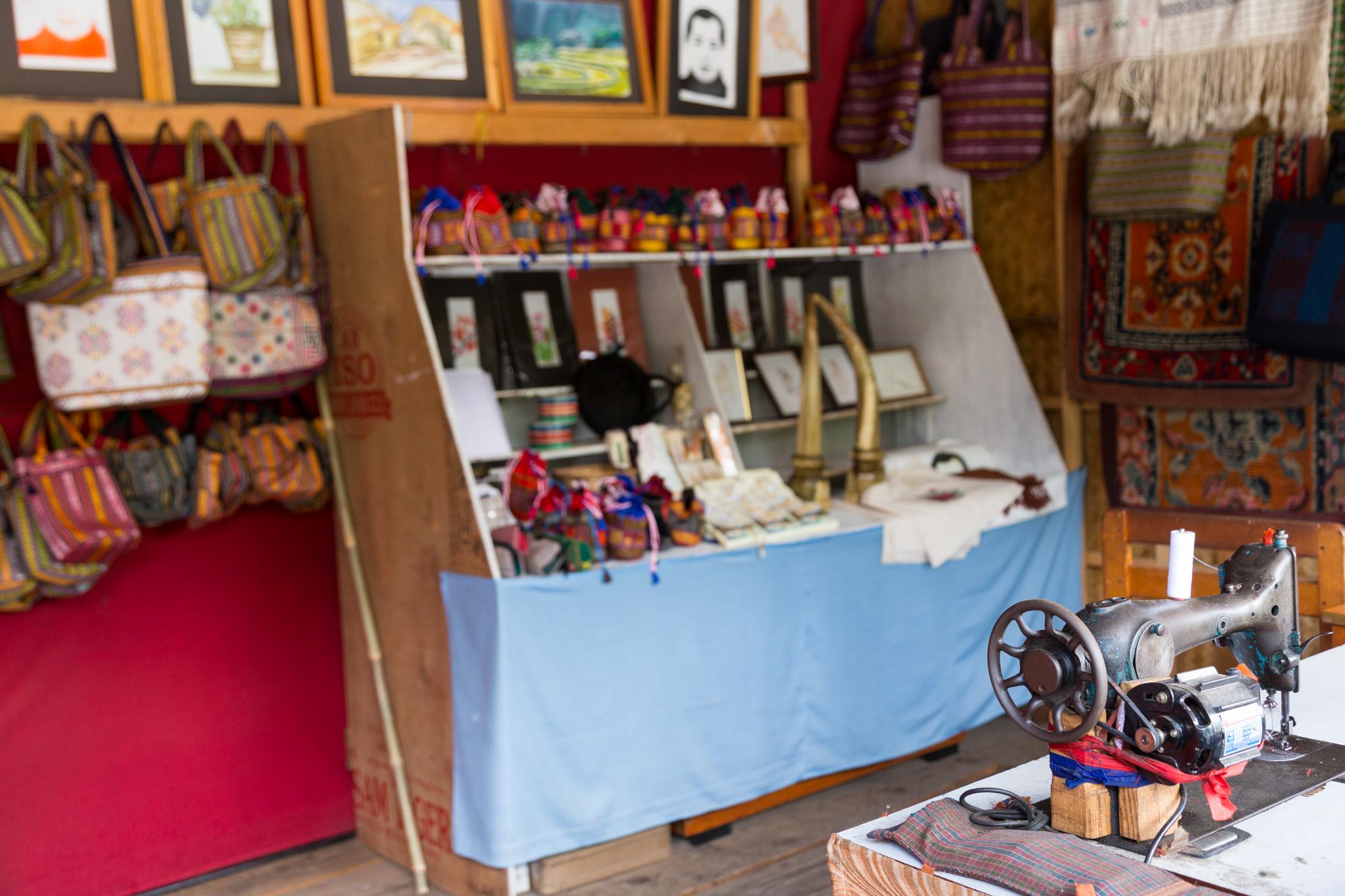
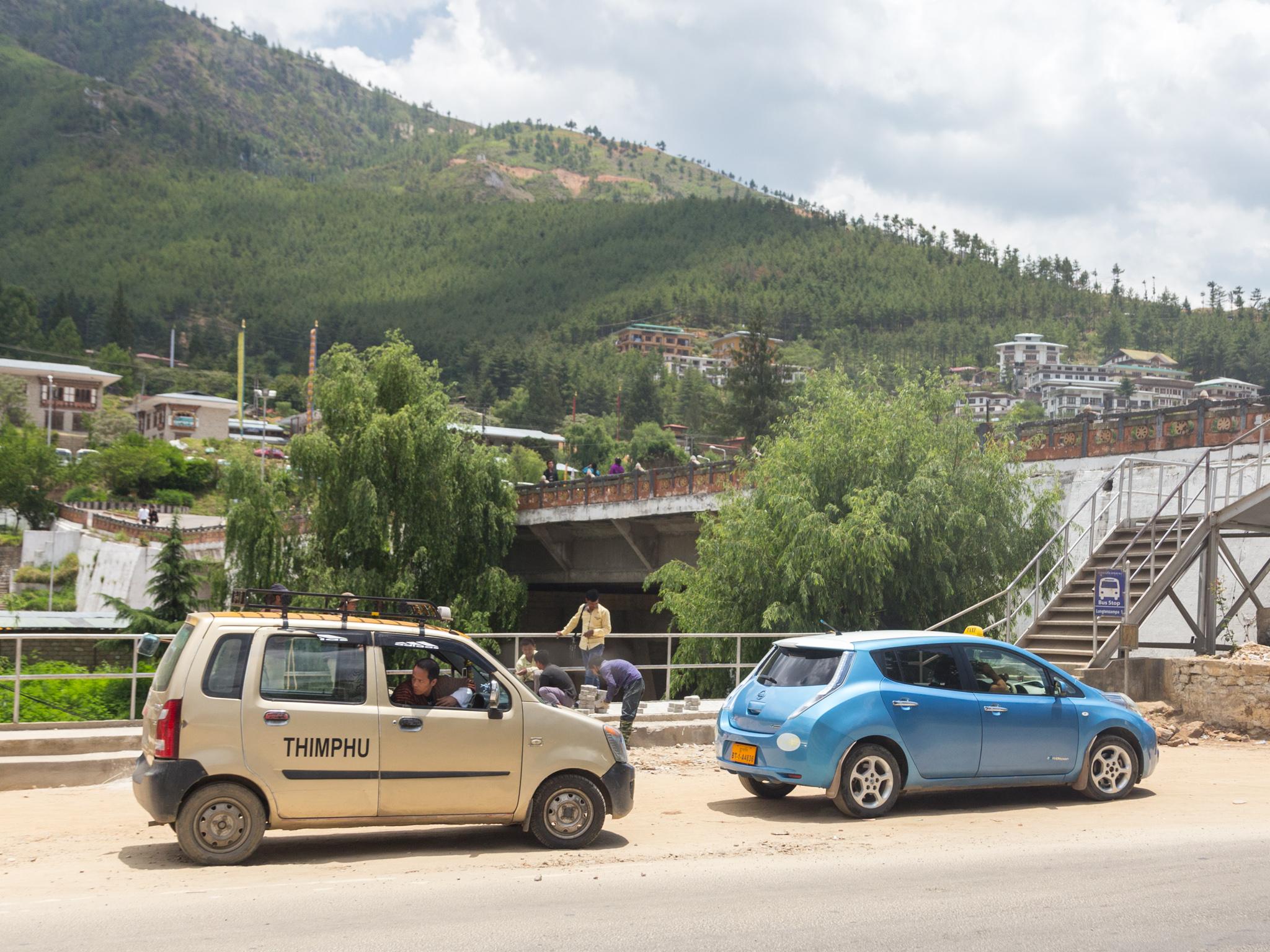
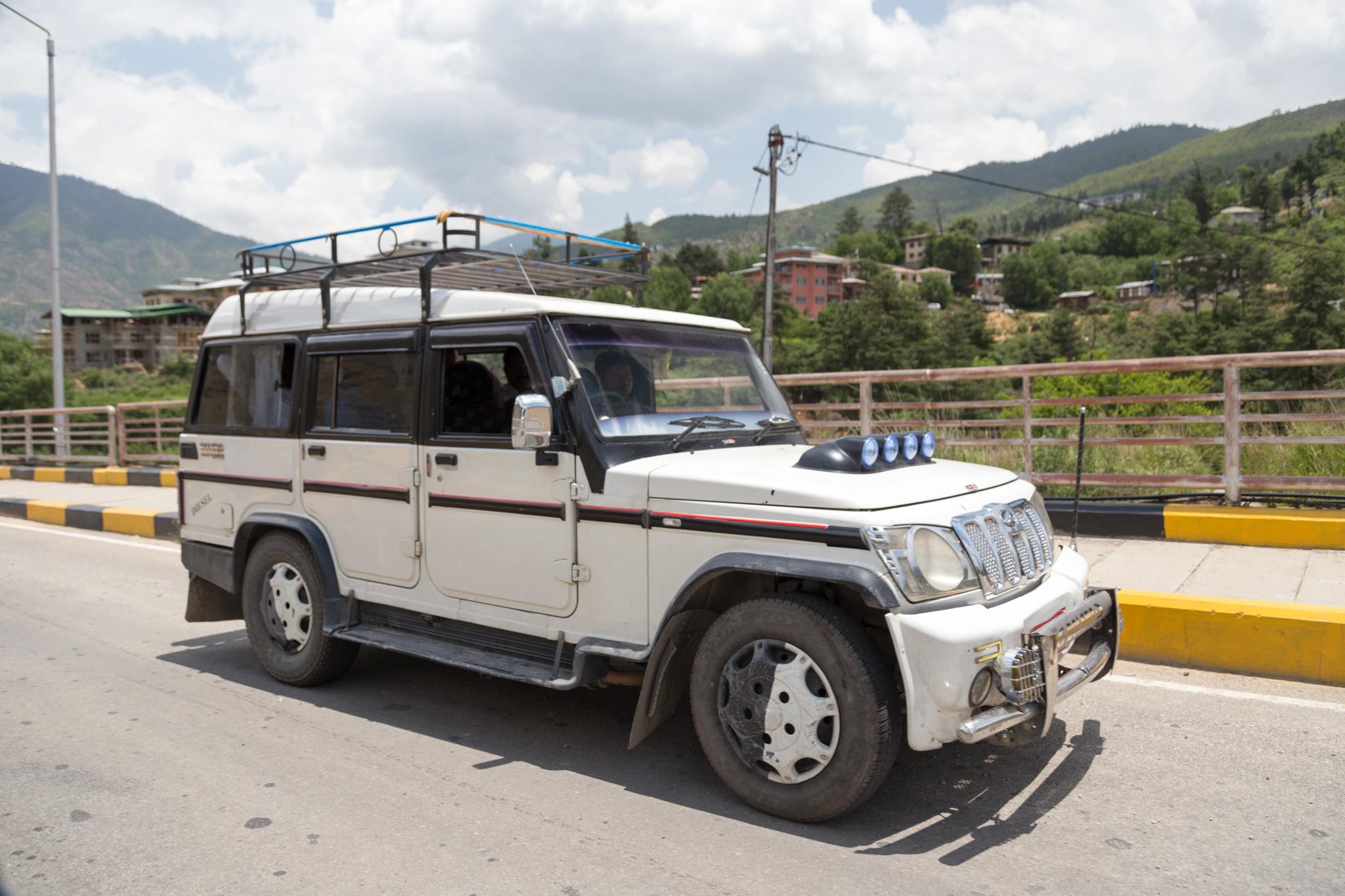

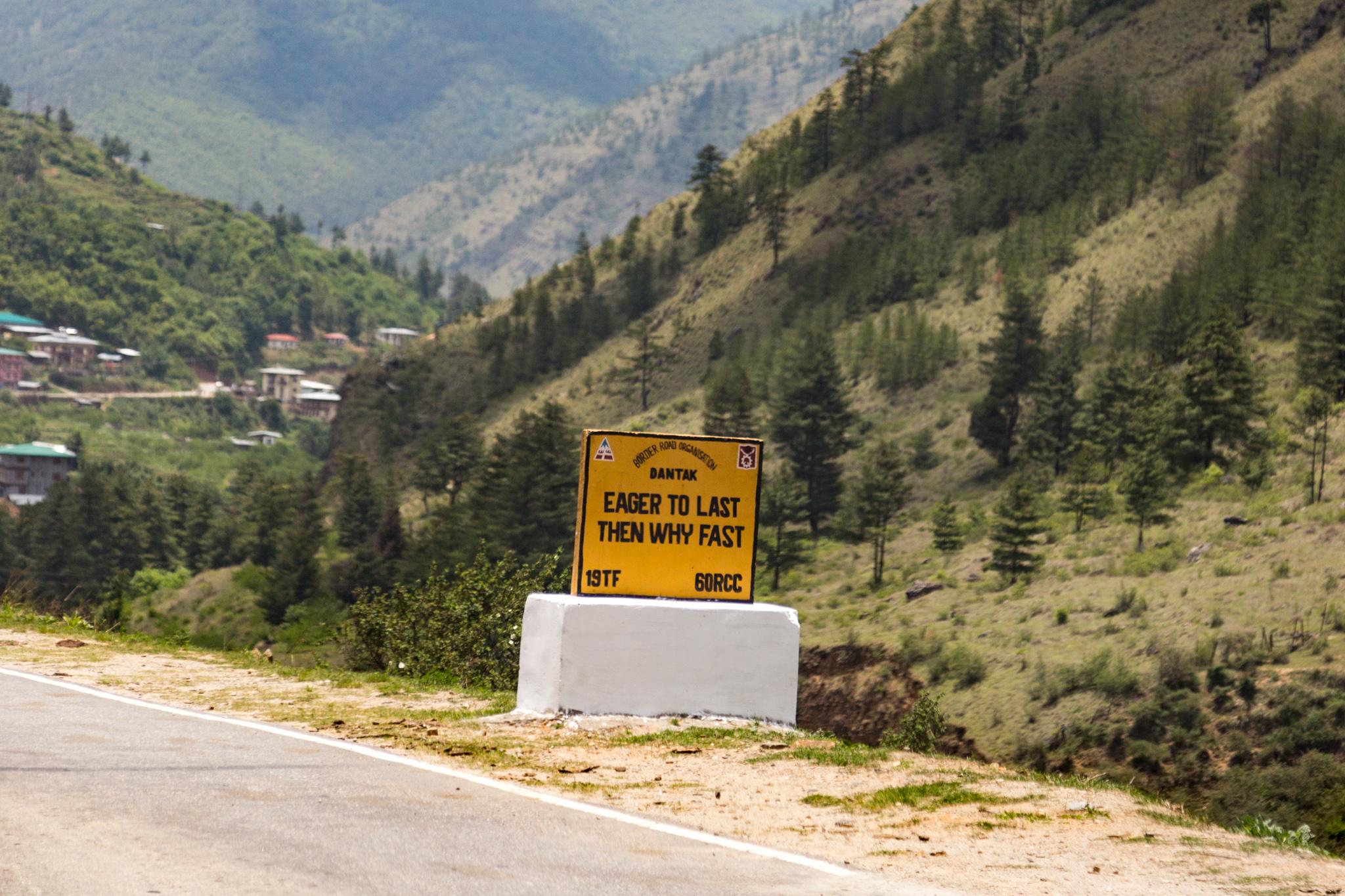

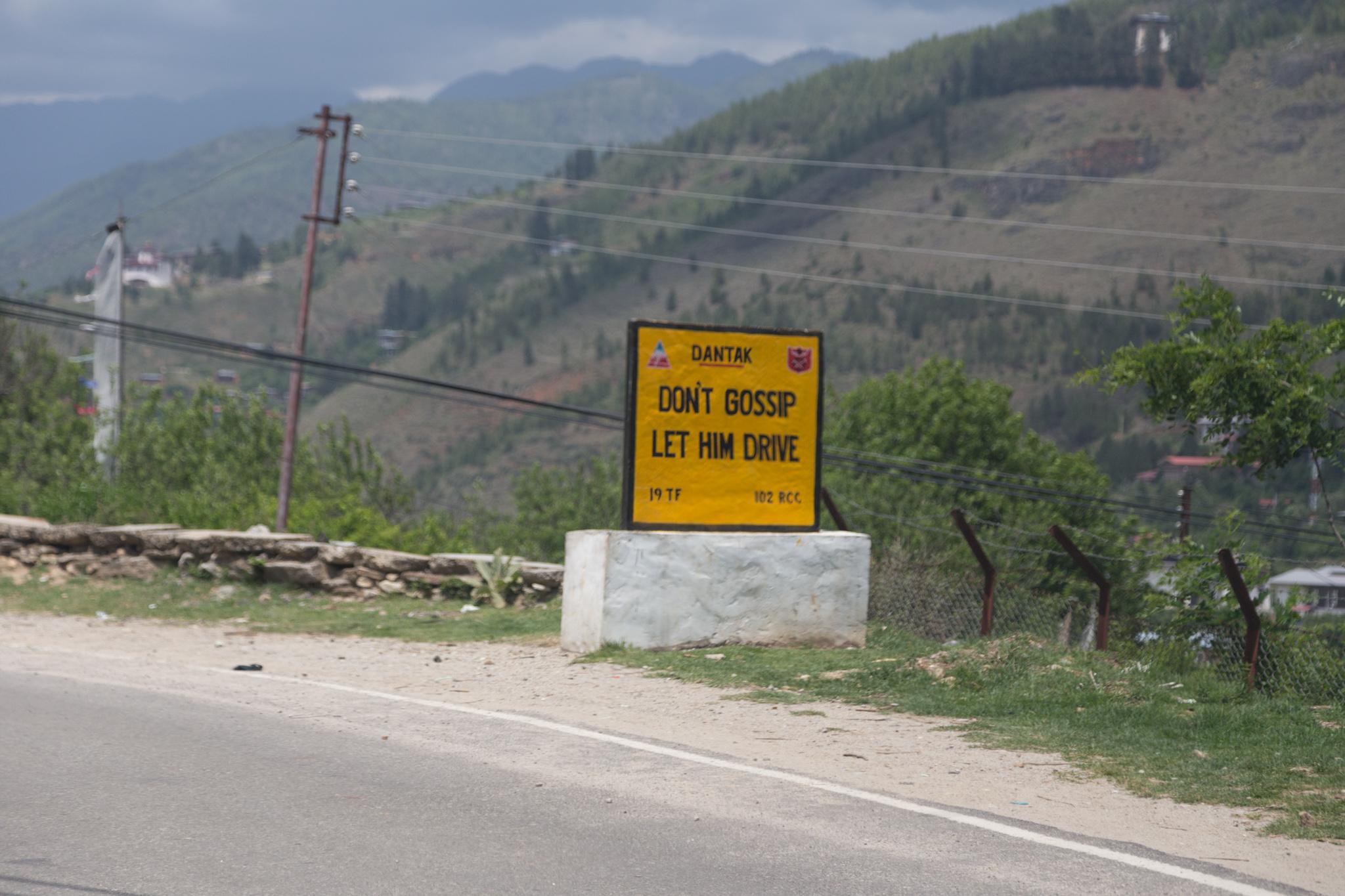


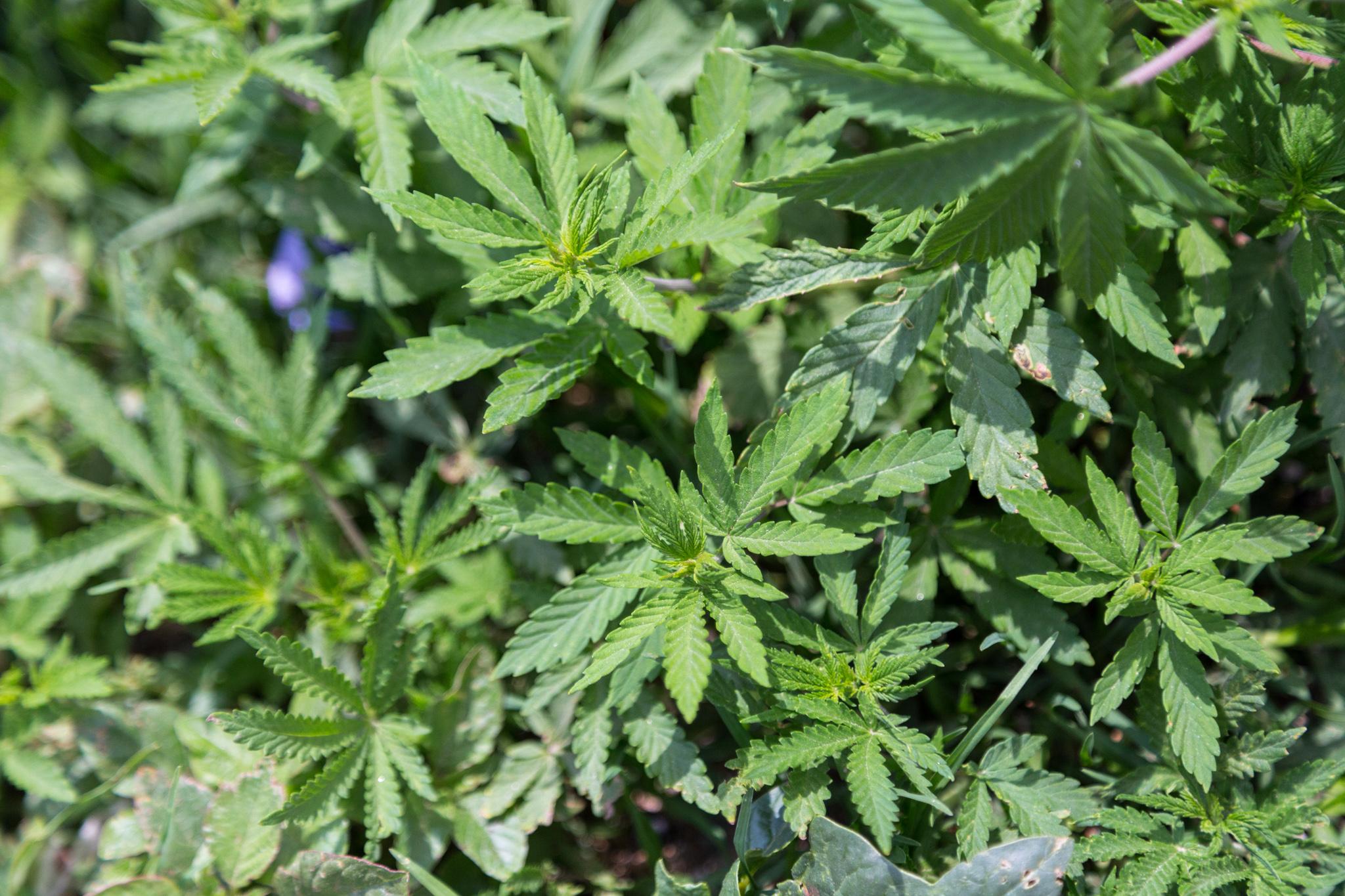
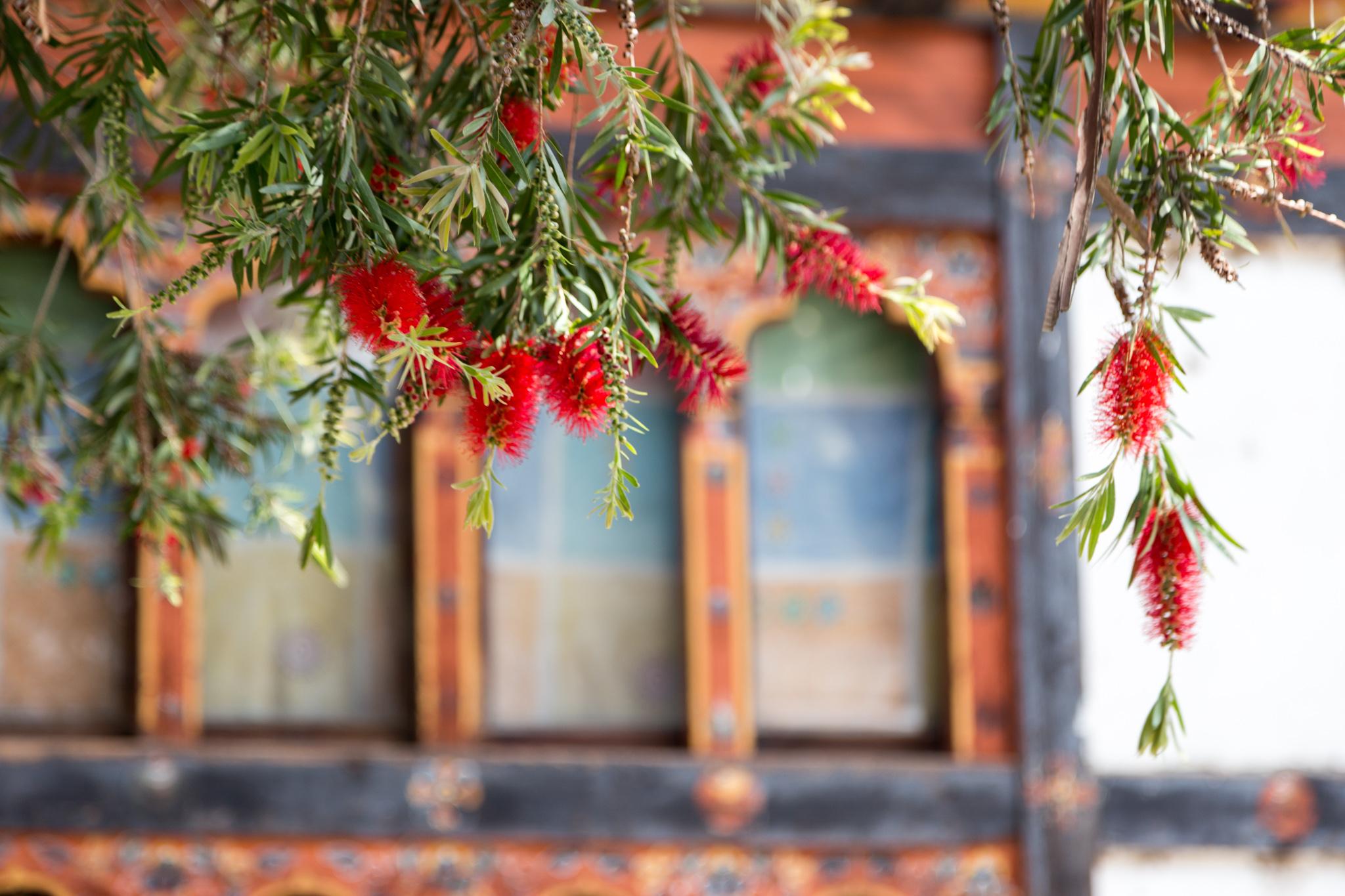

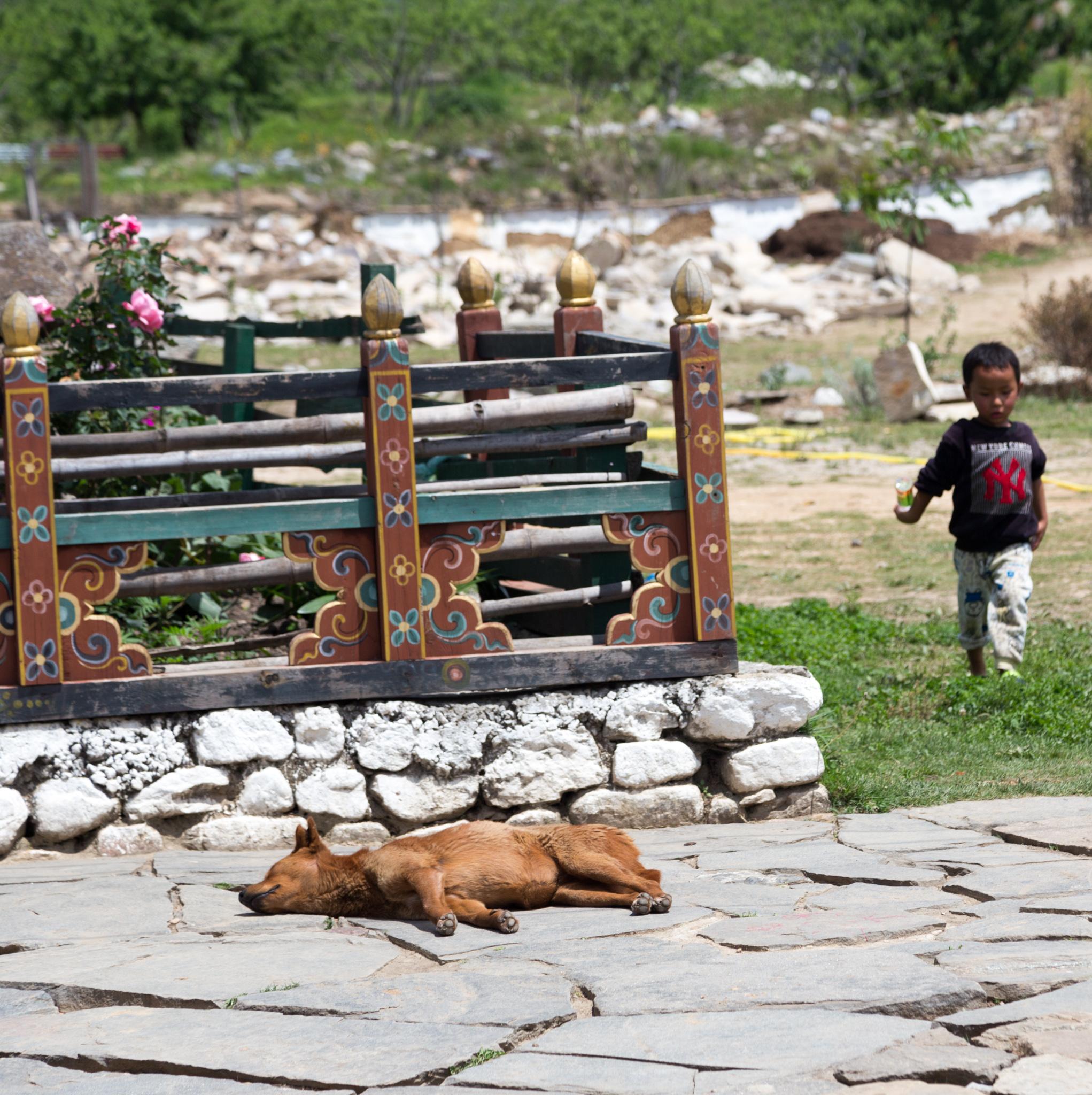

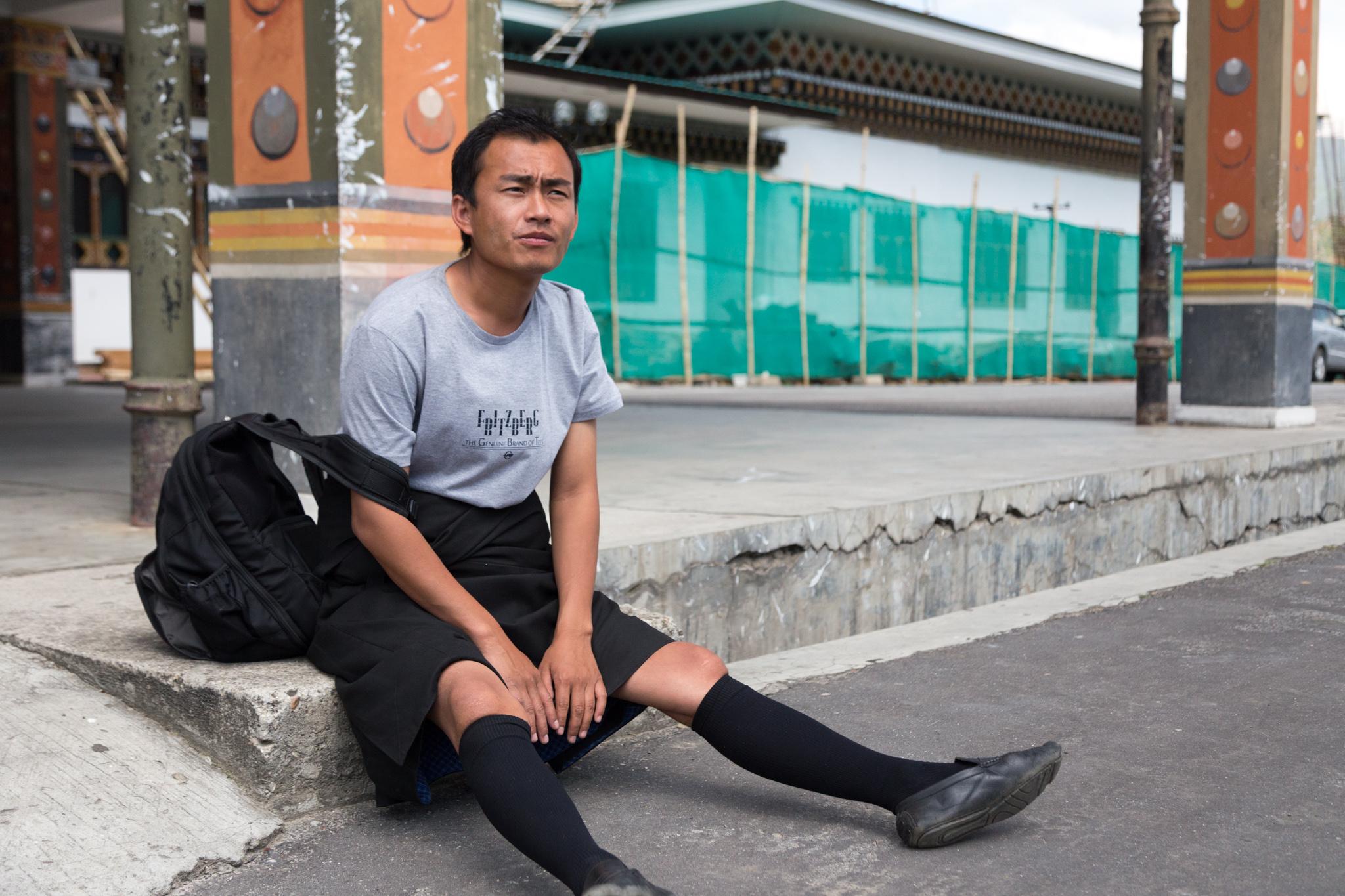
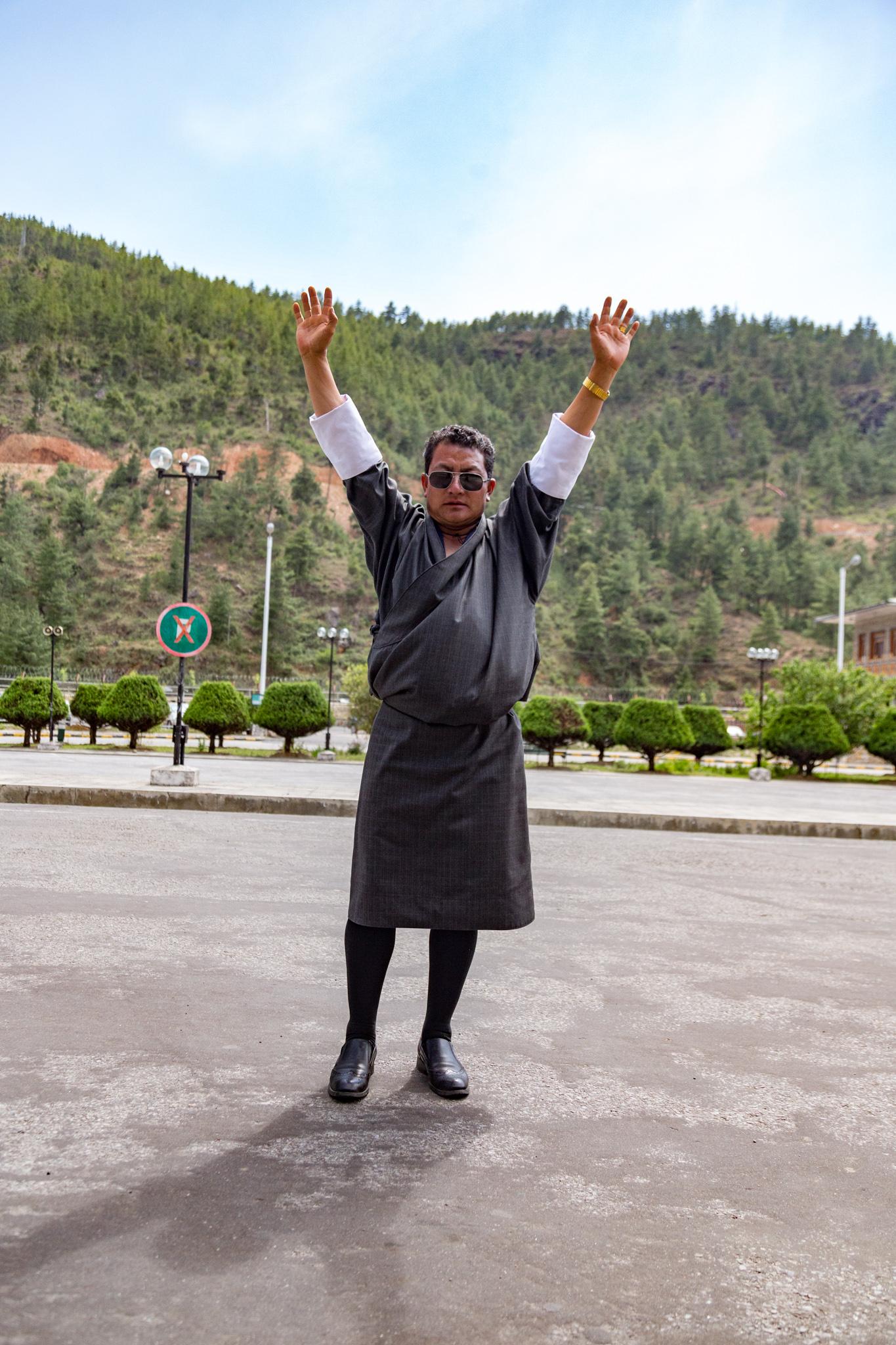

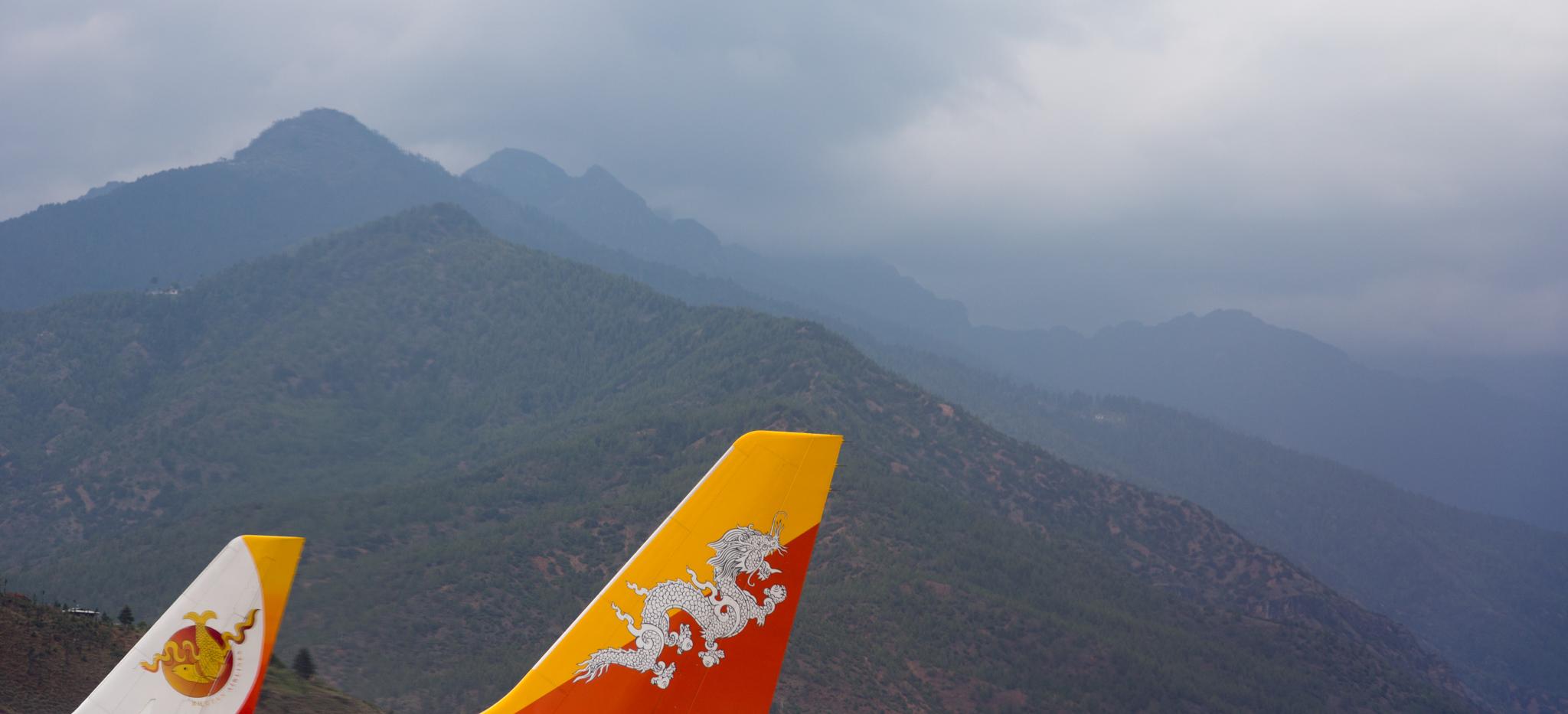
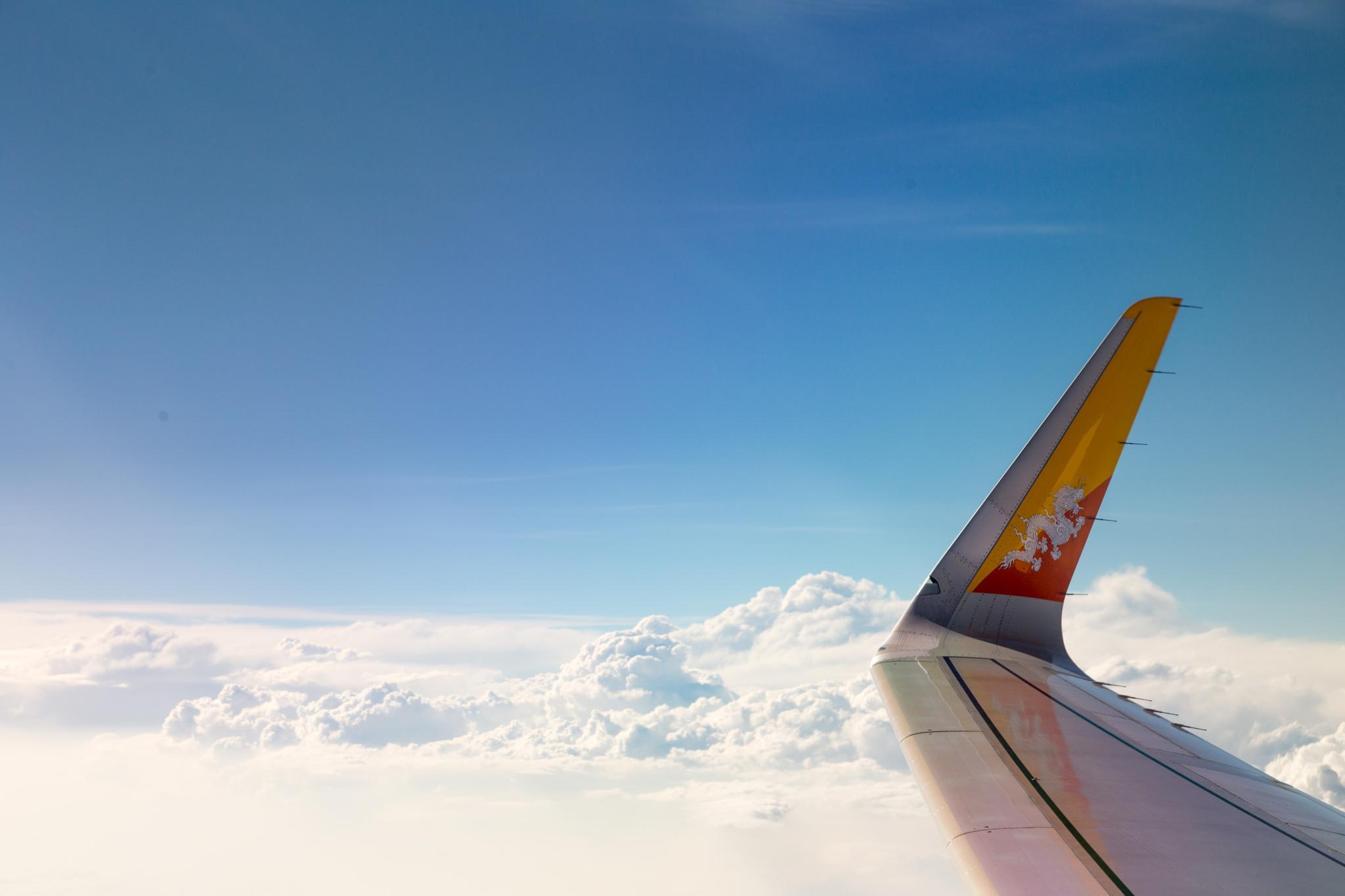
You must log in to post a comment.